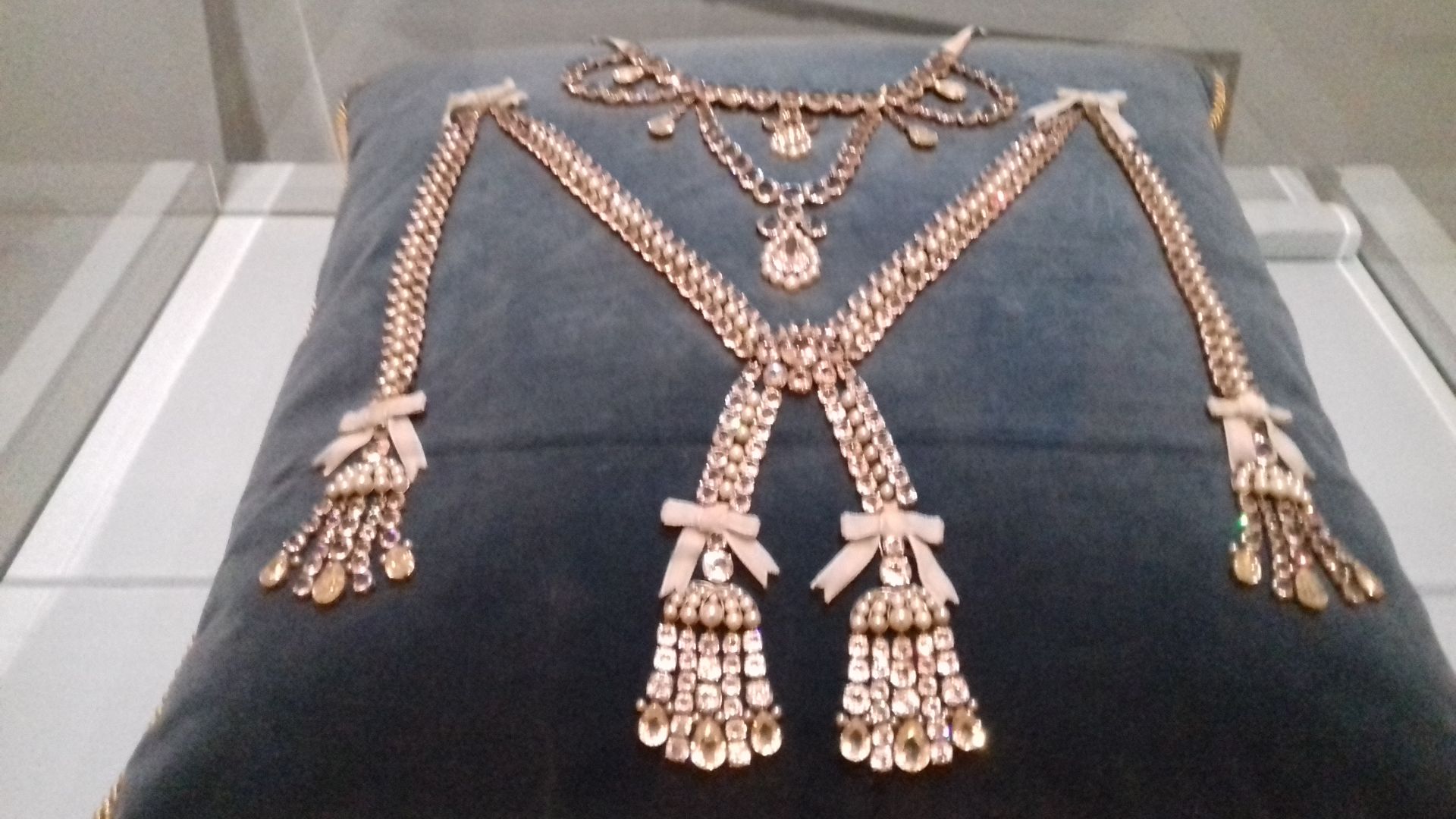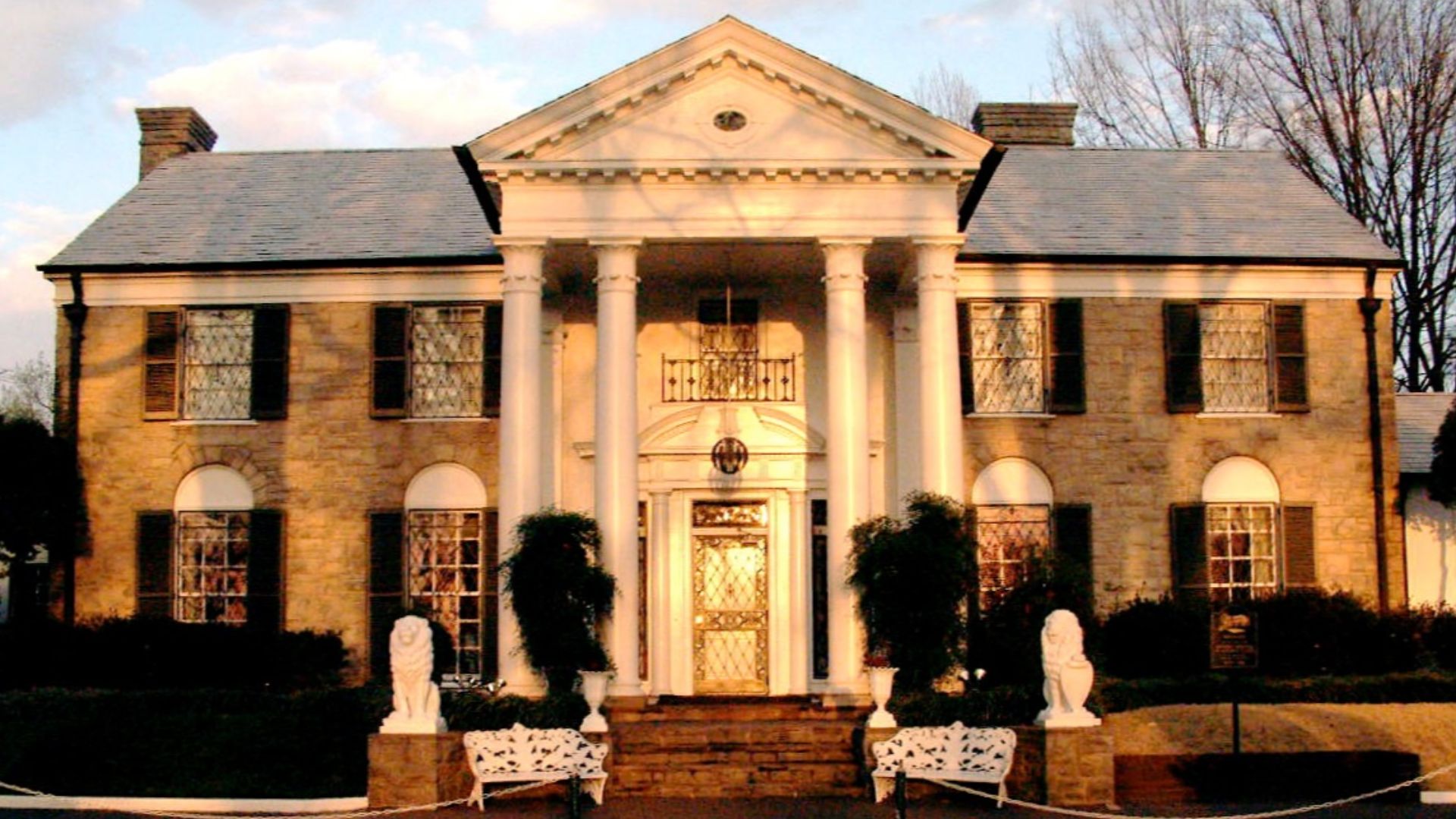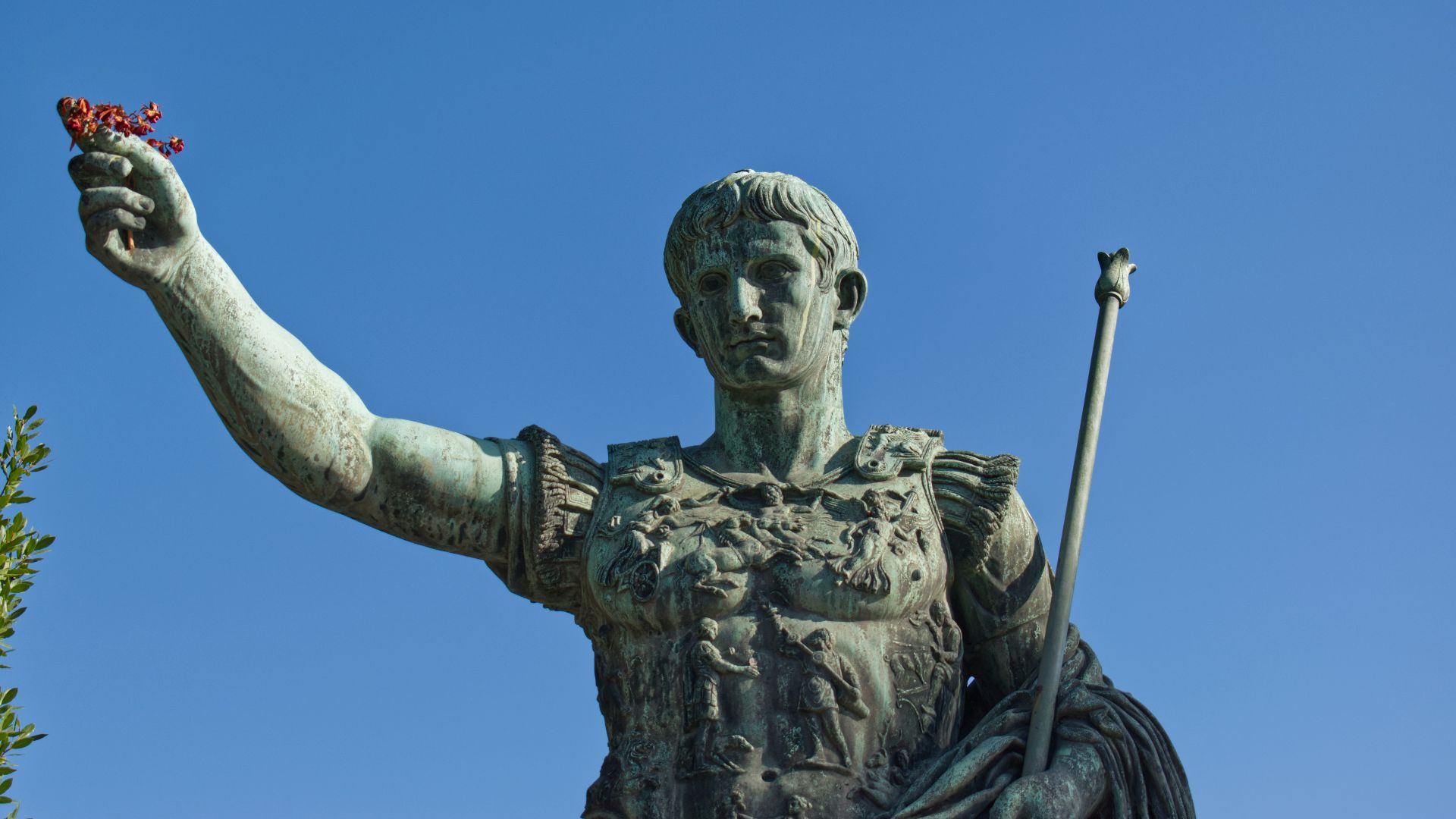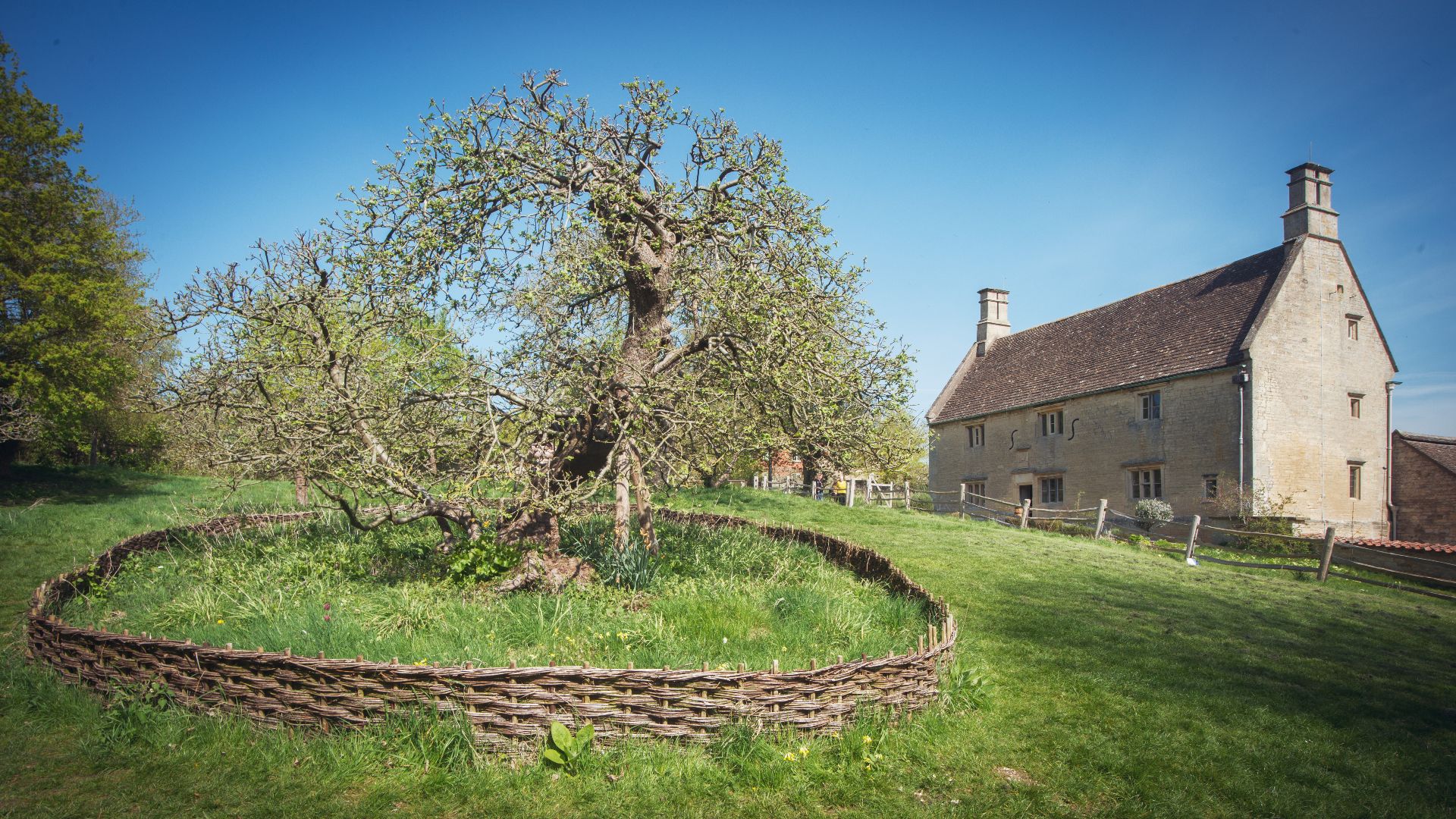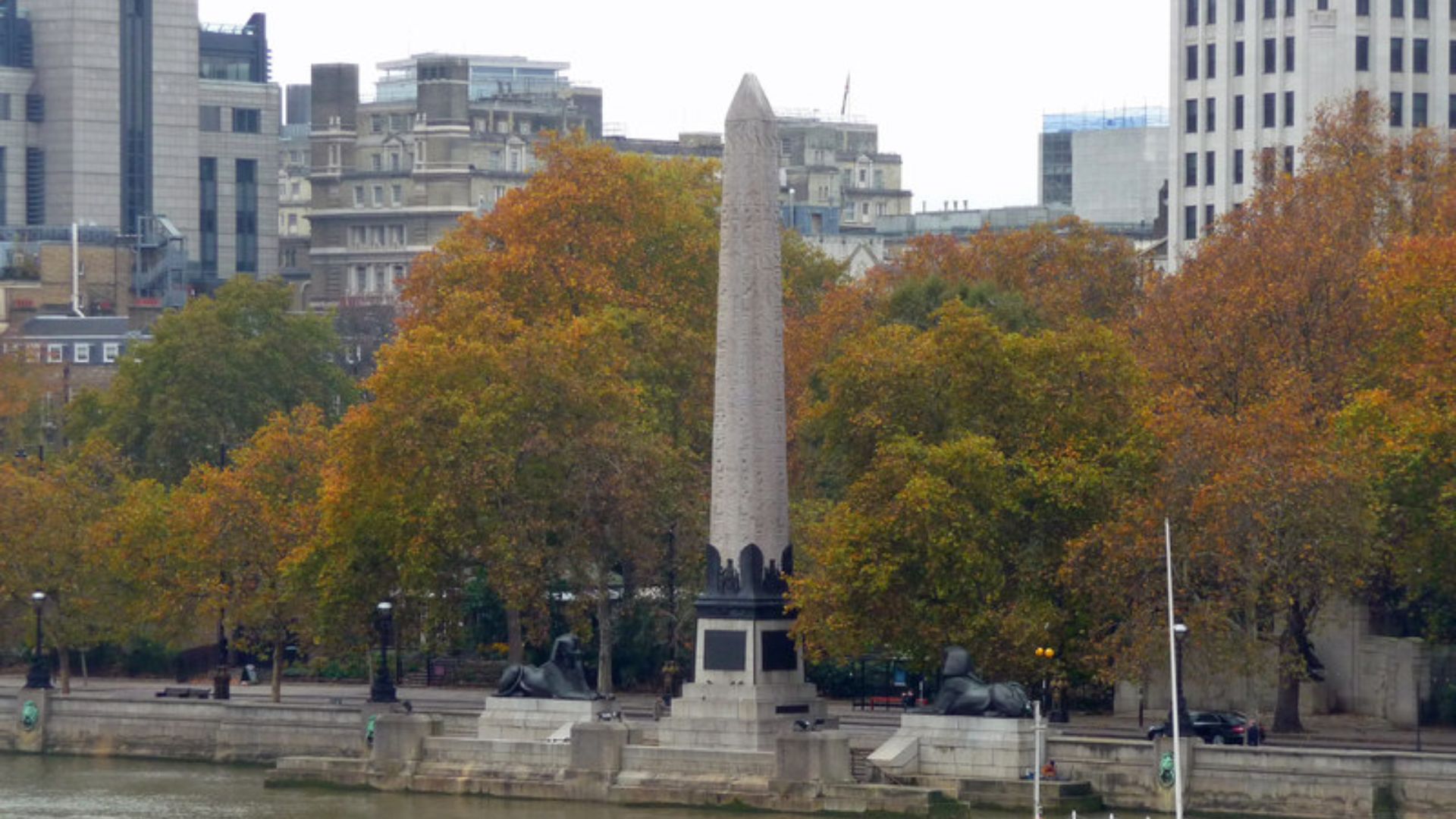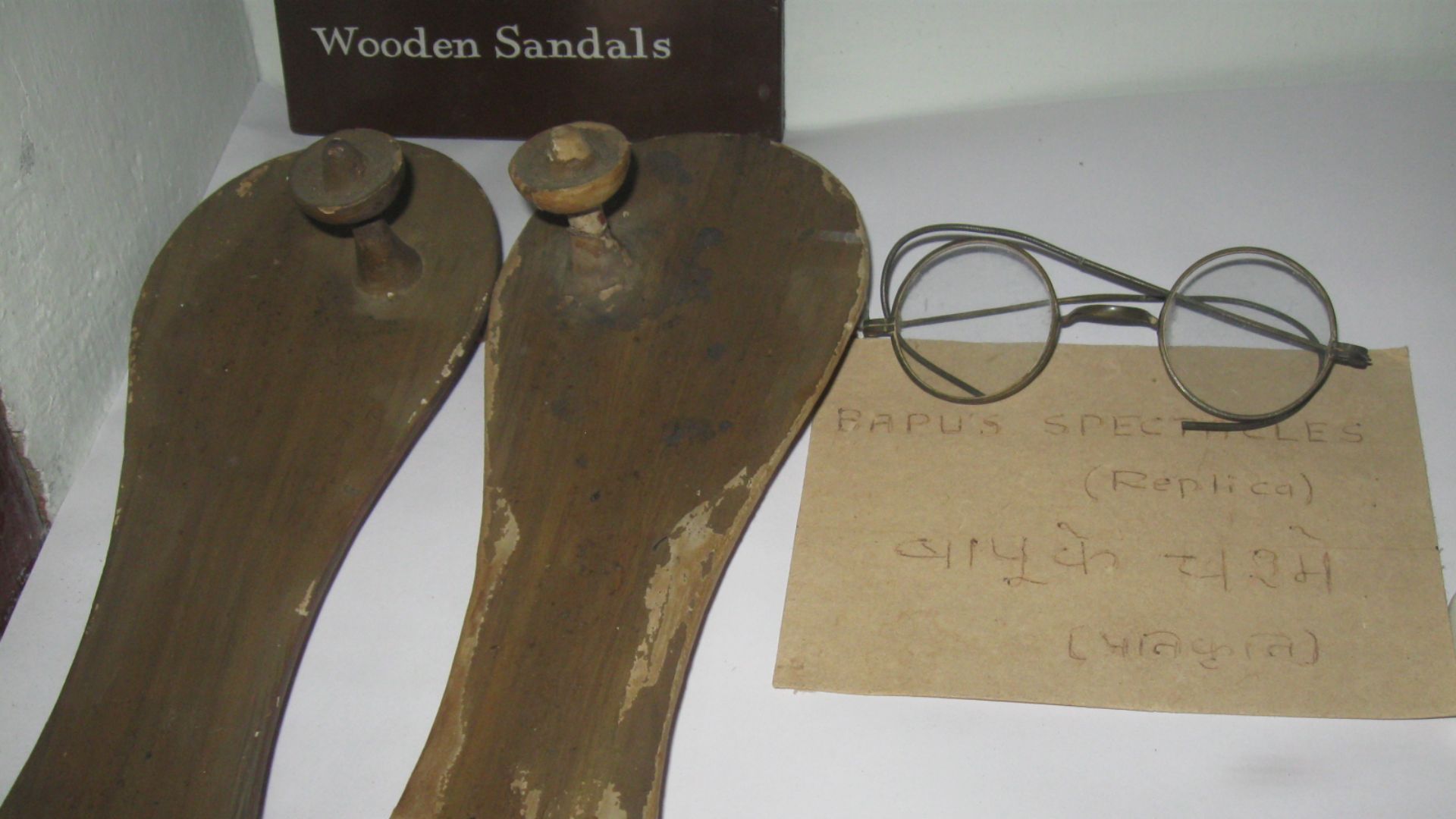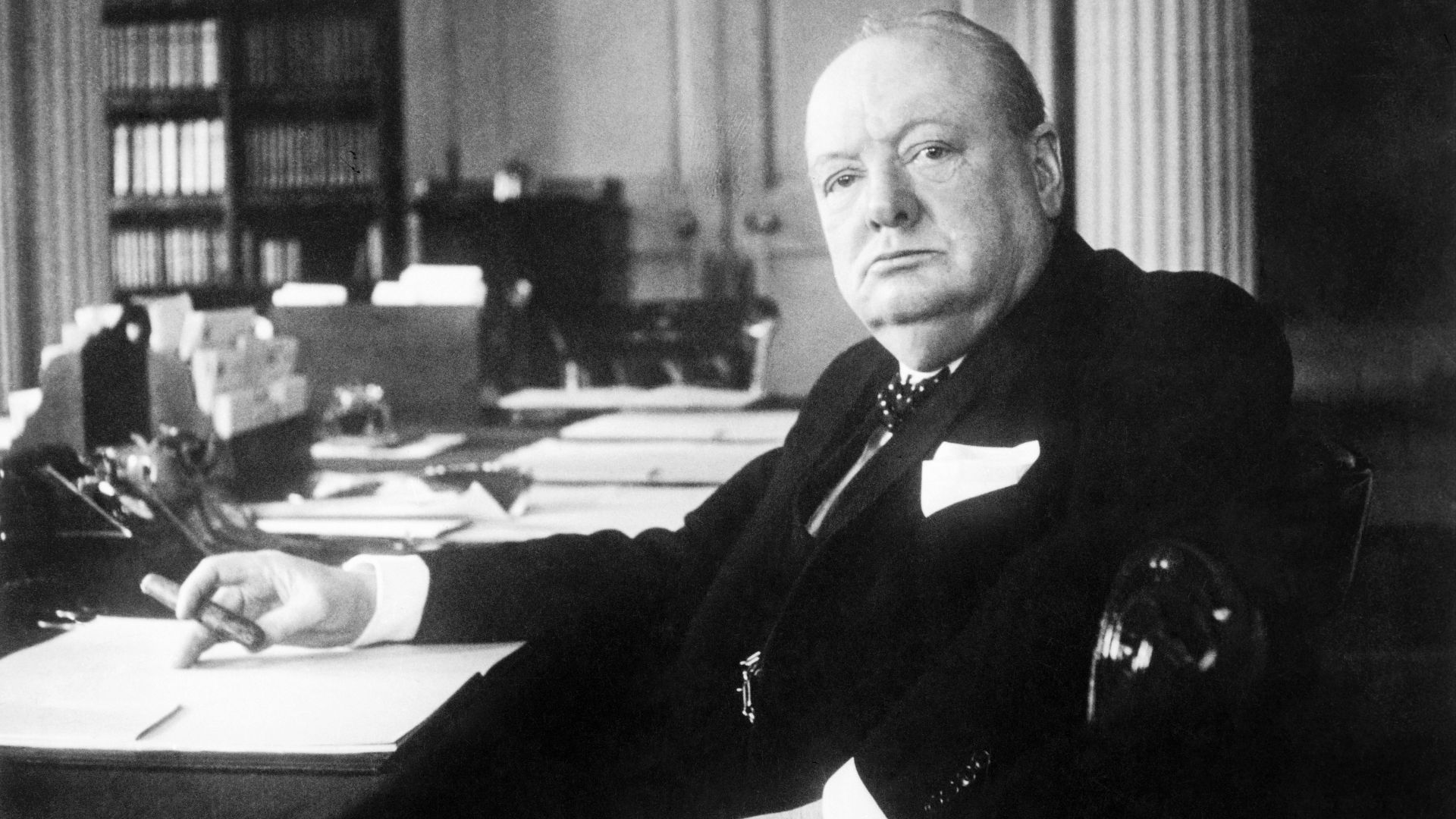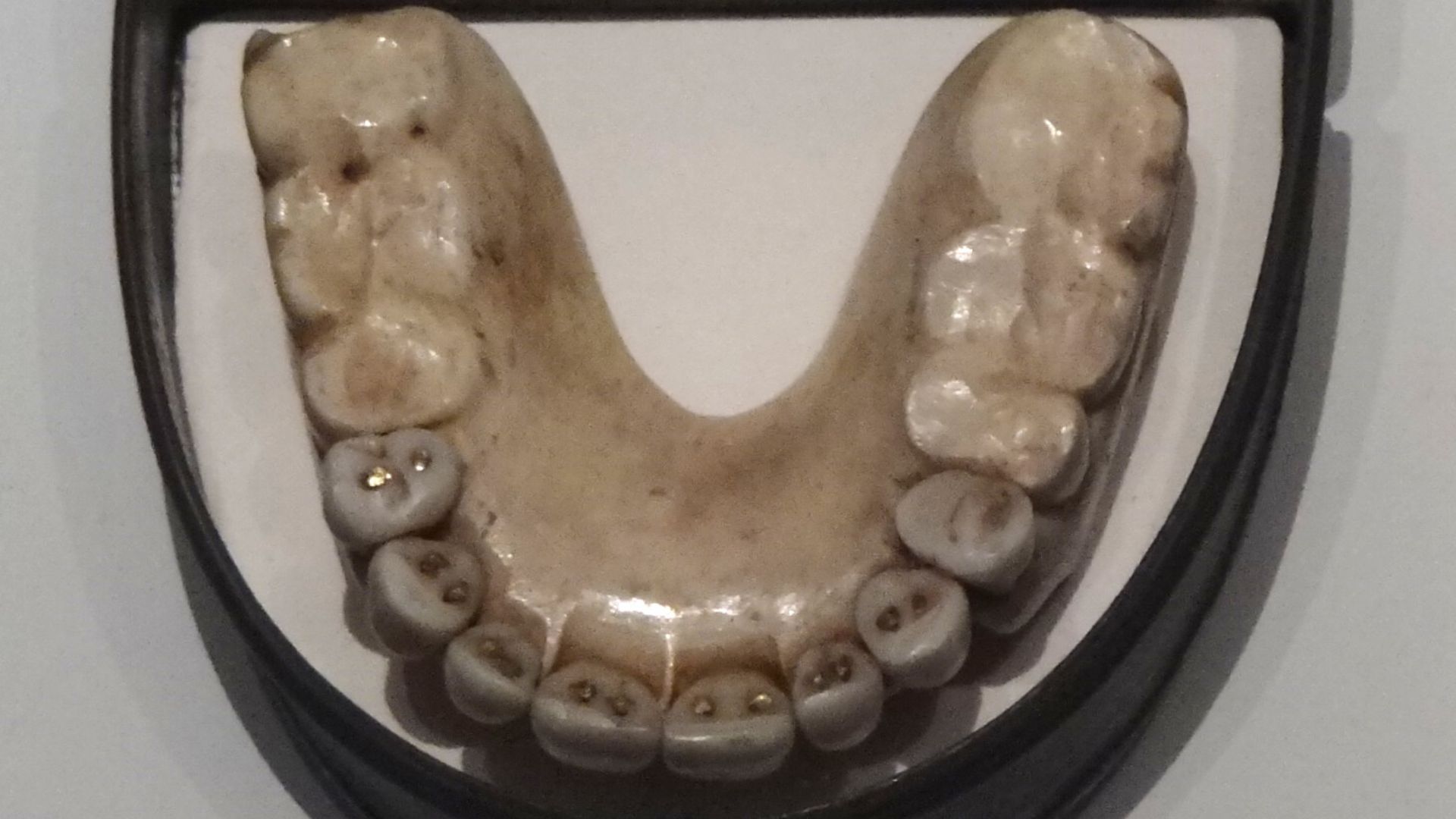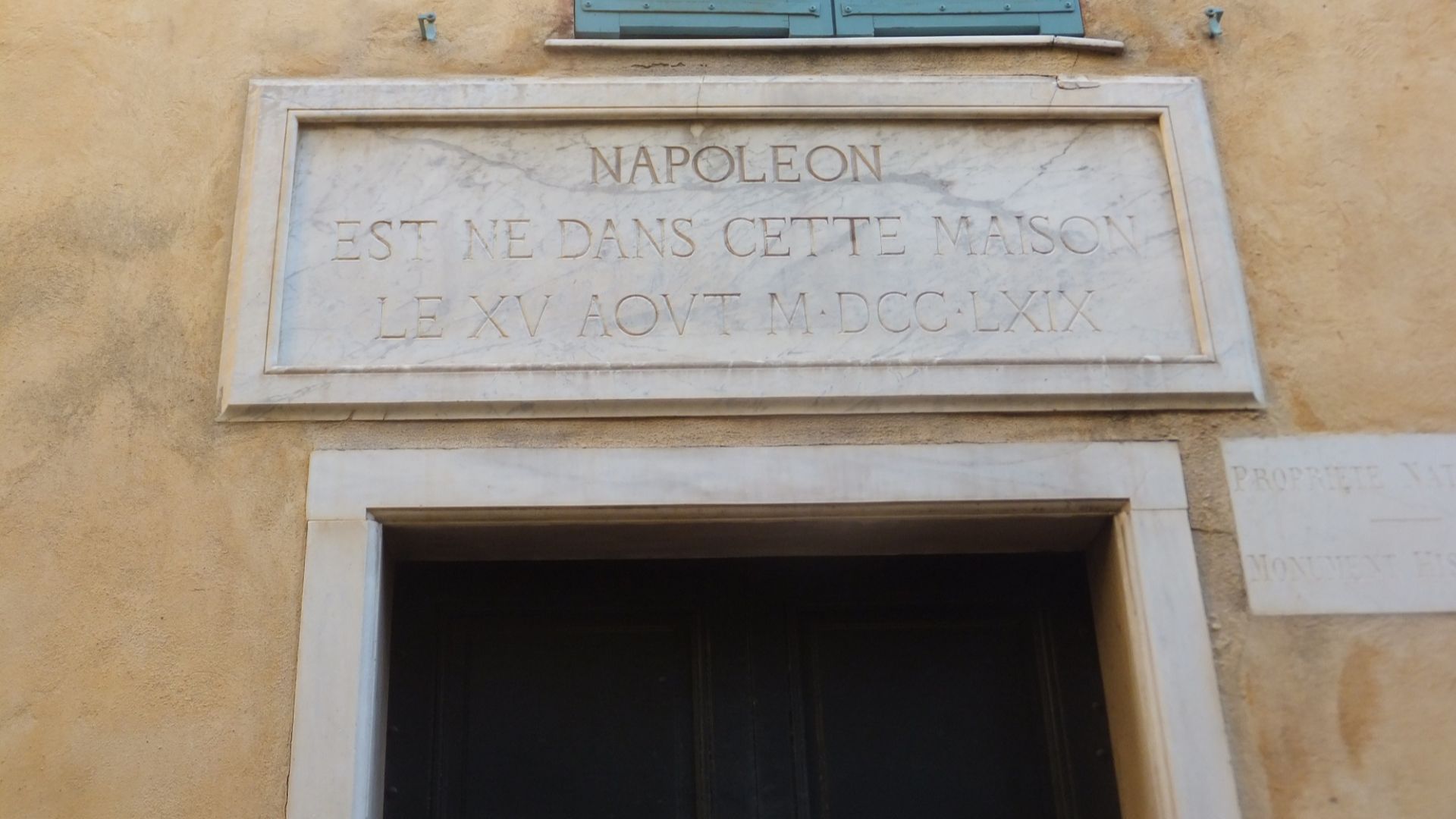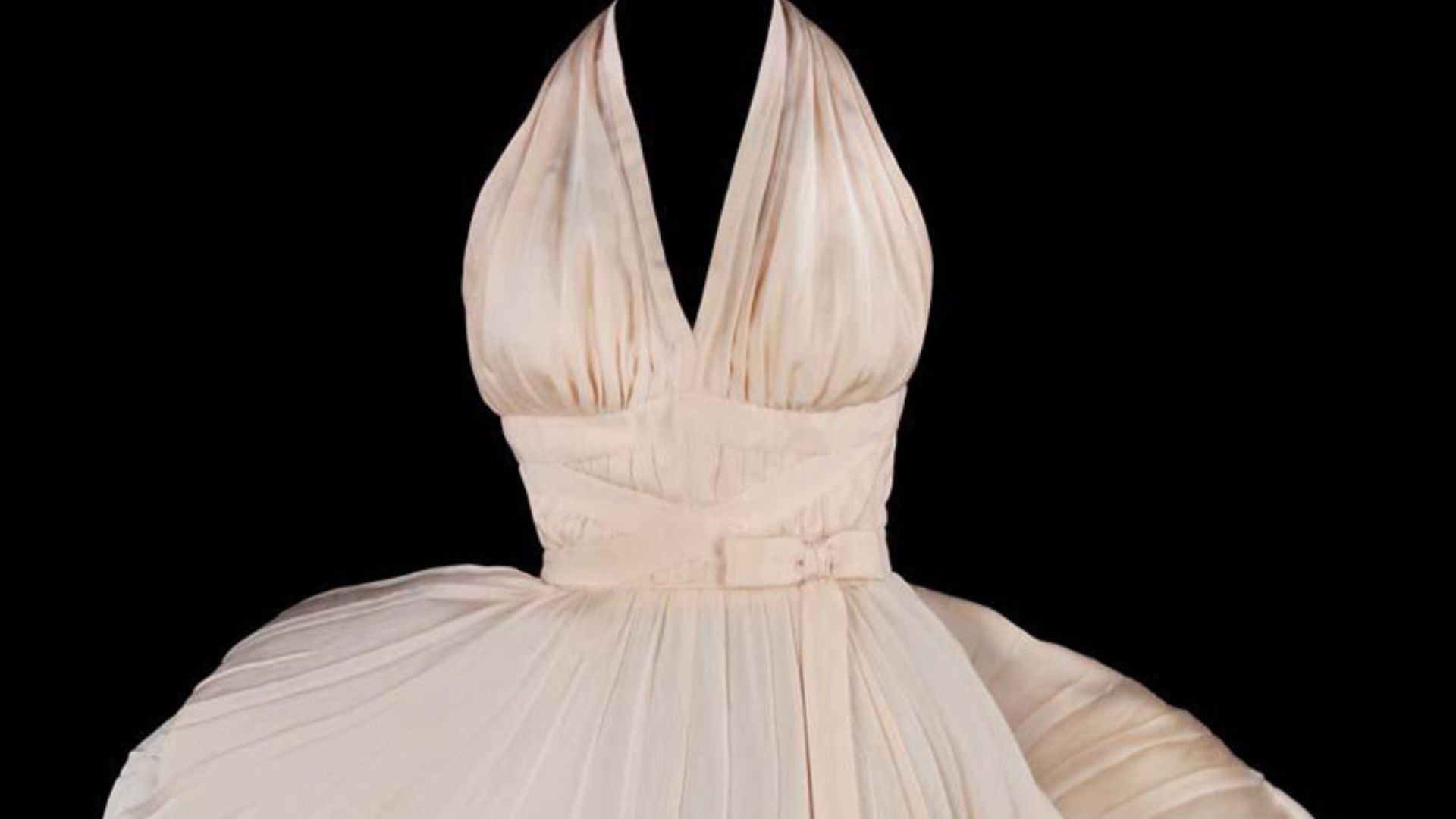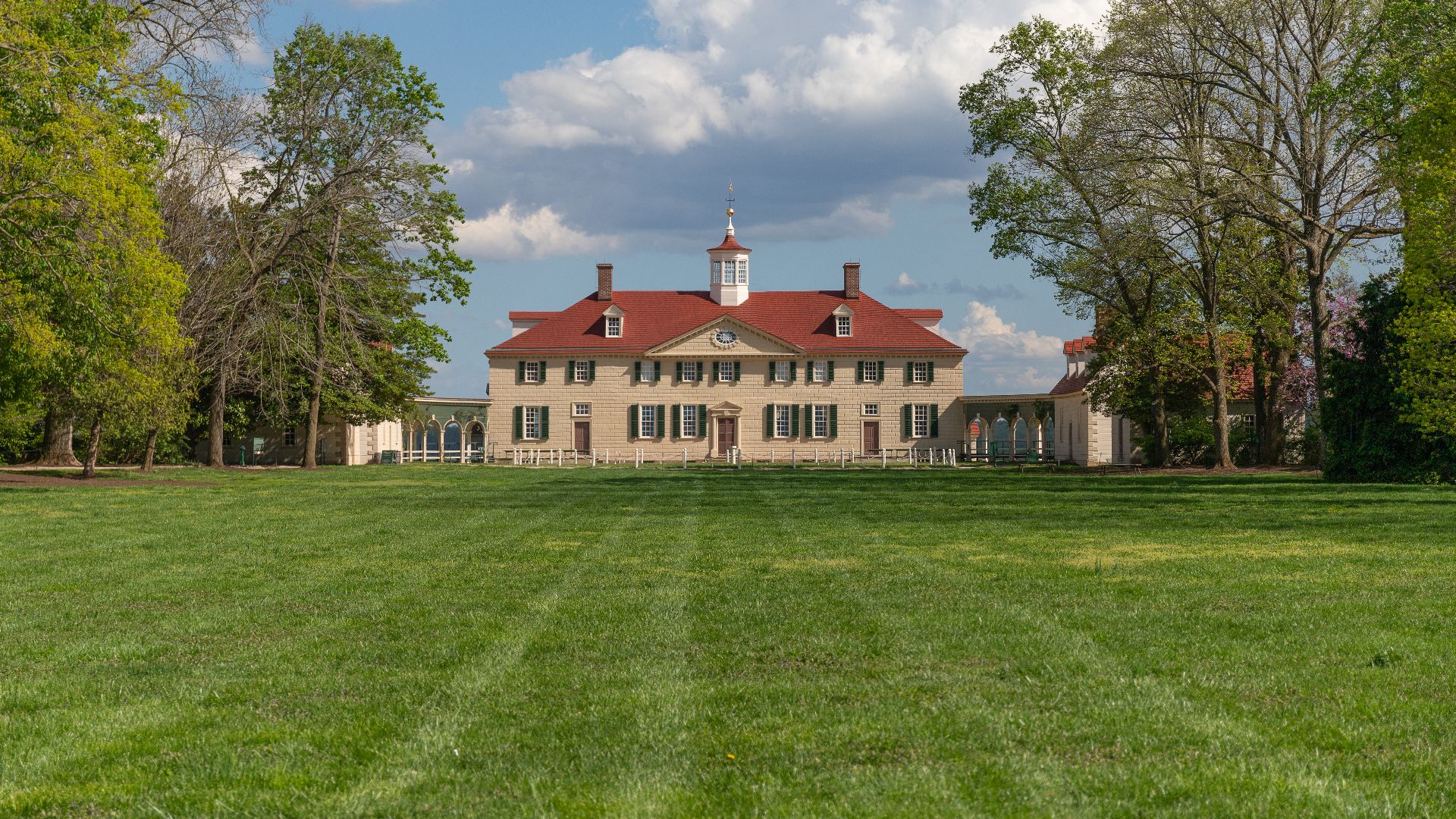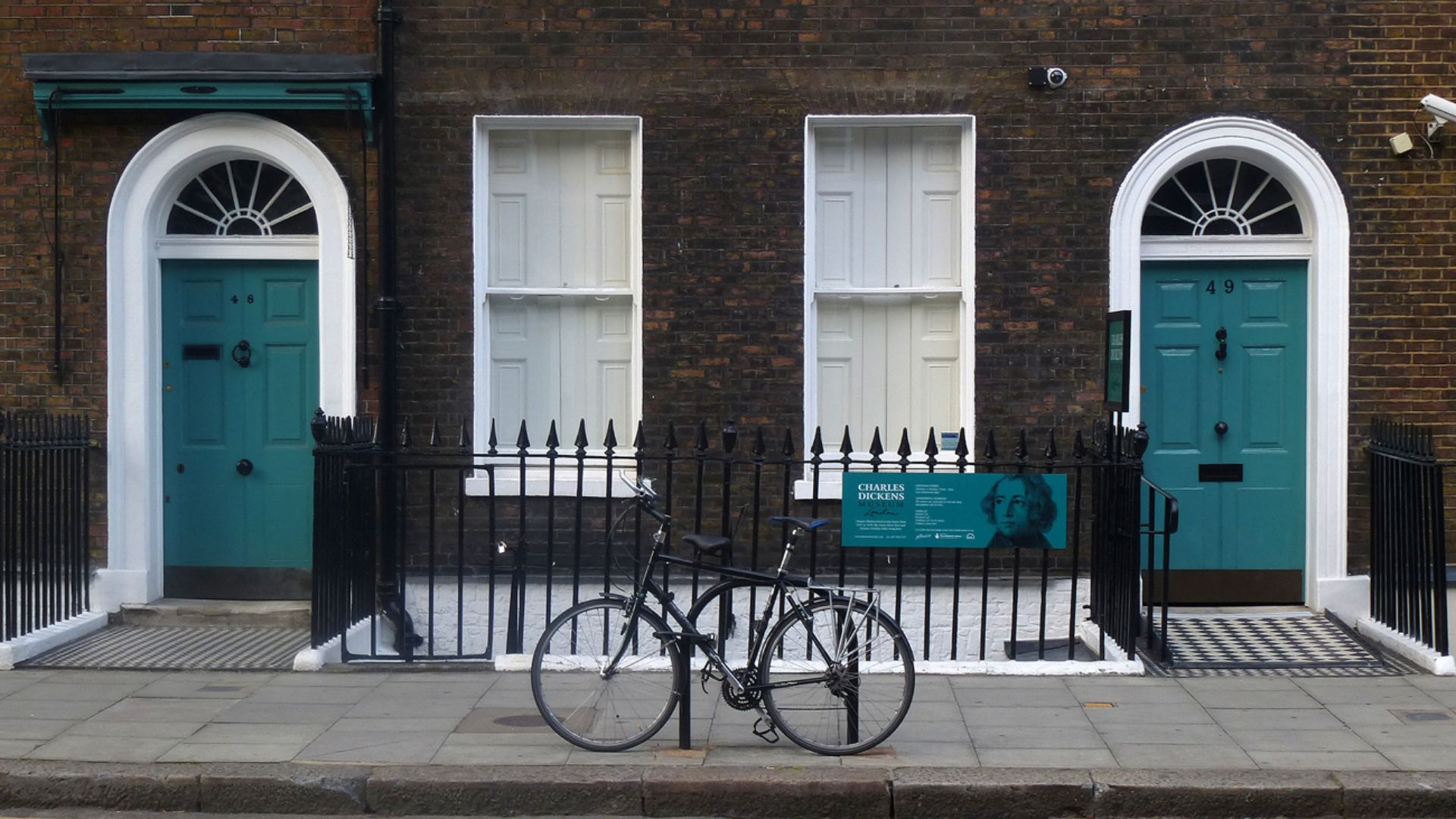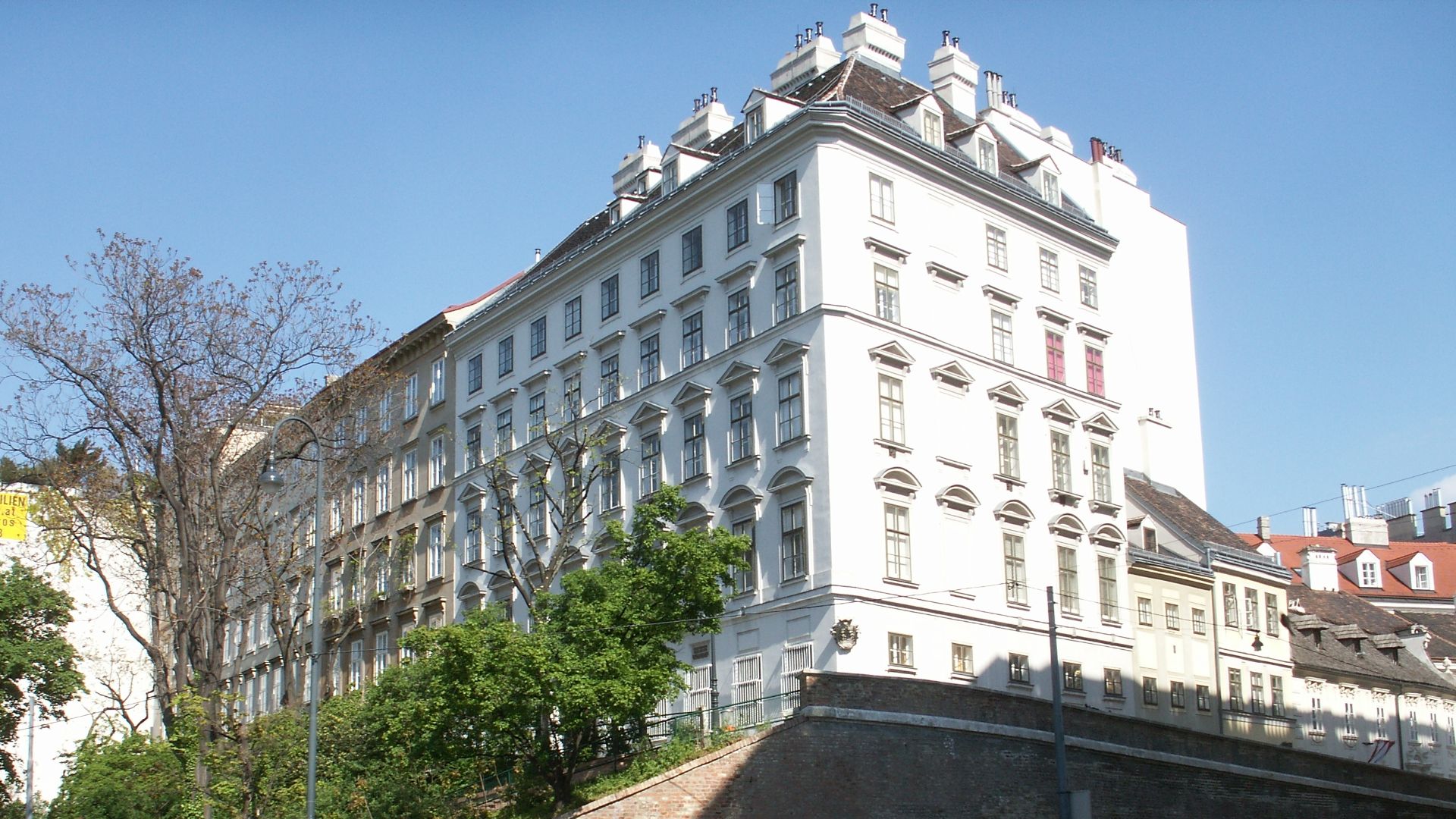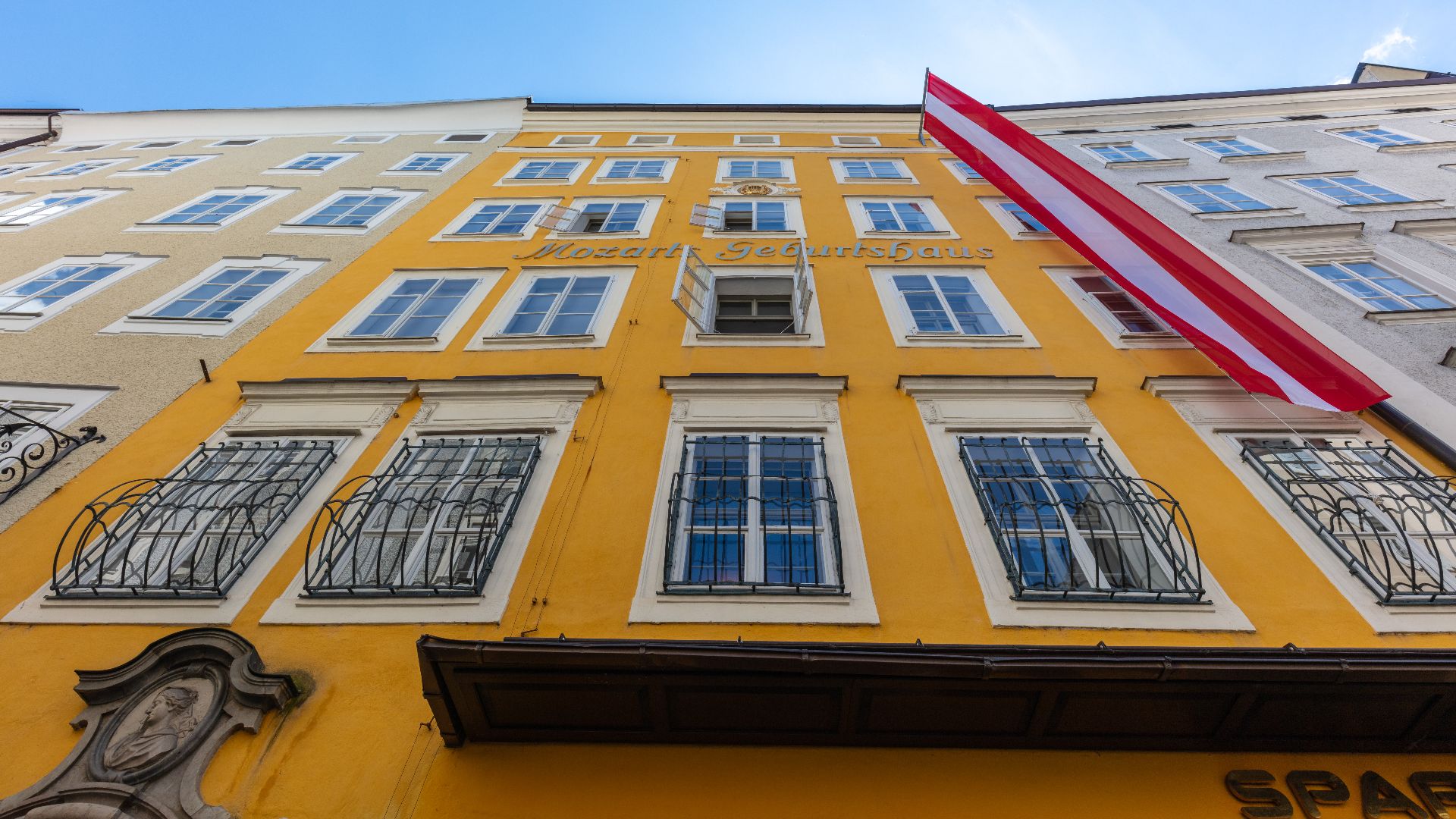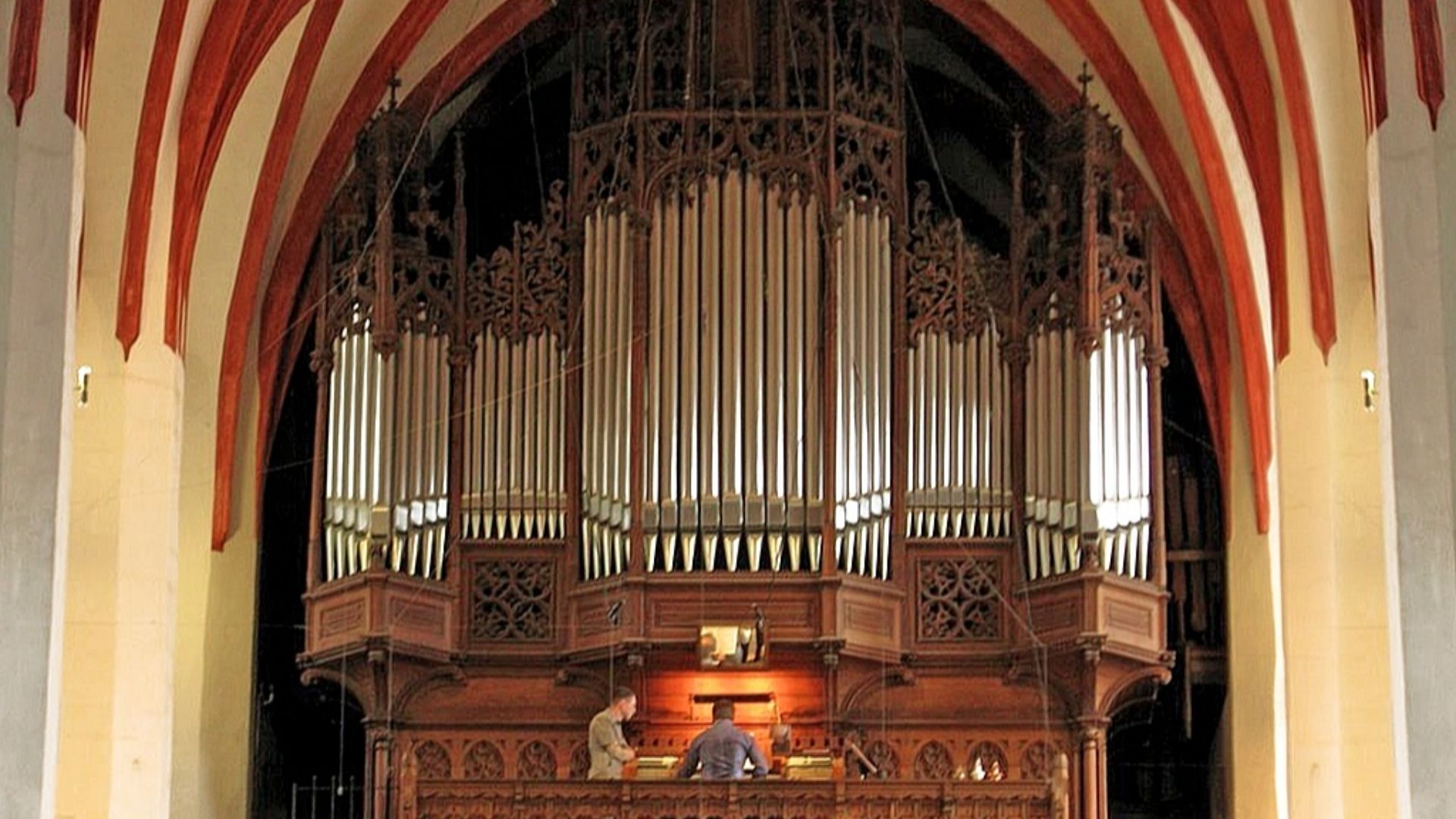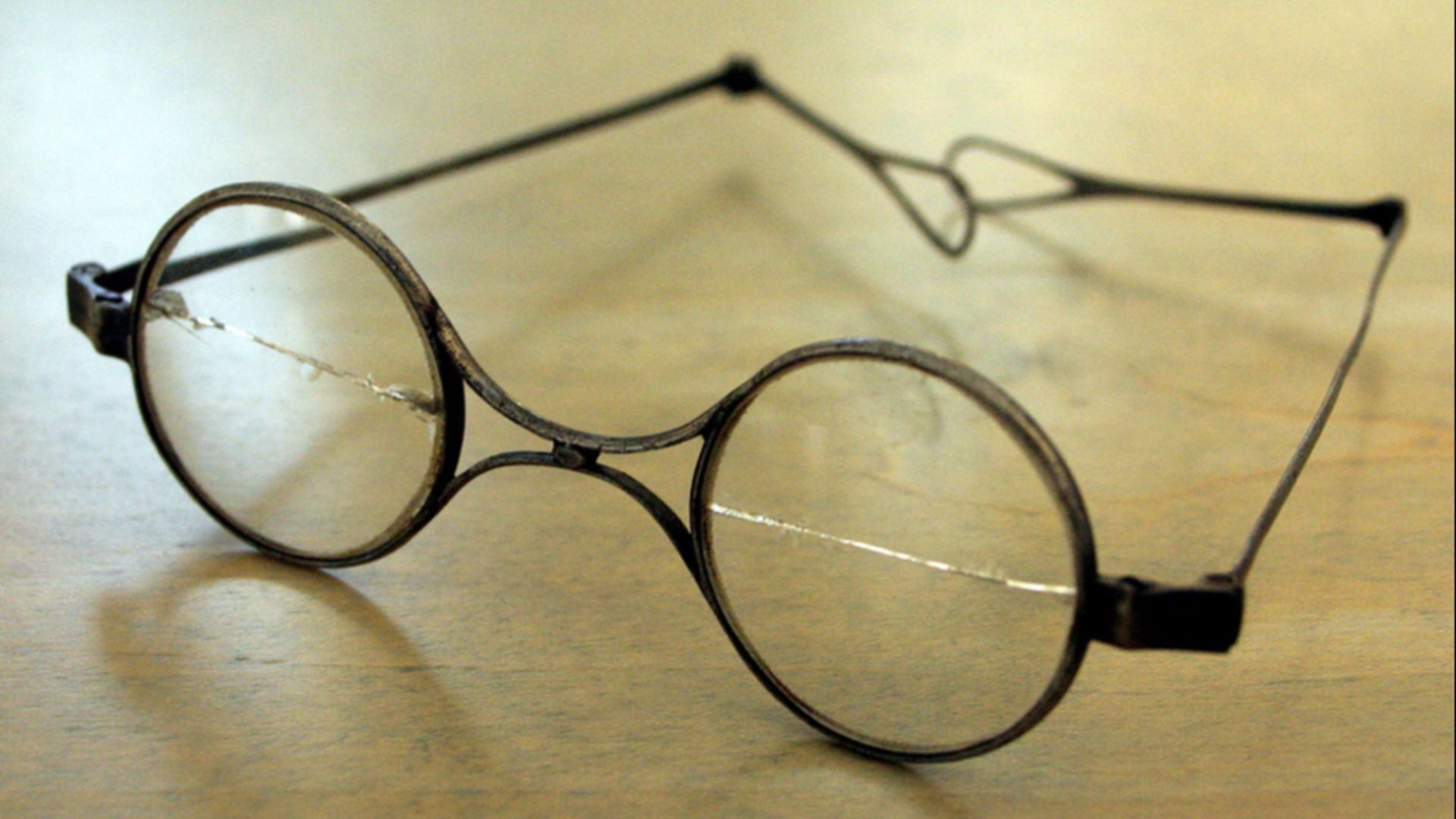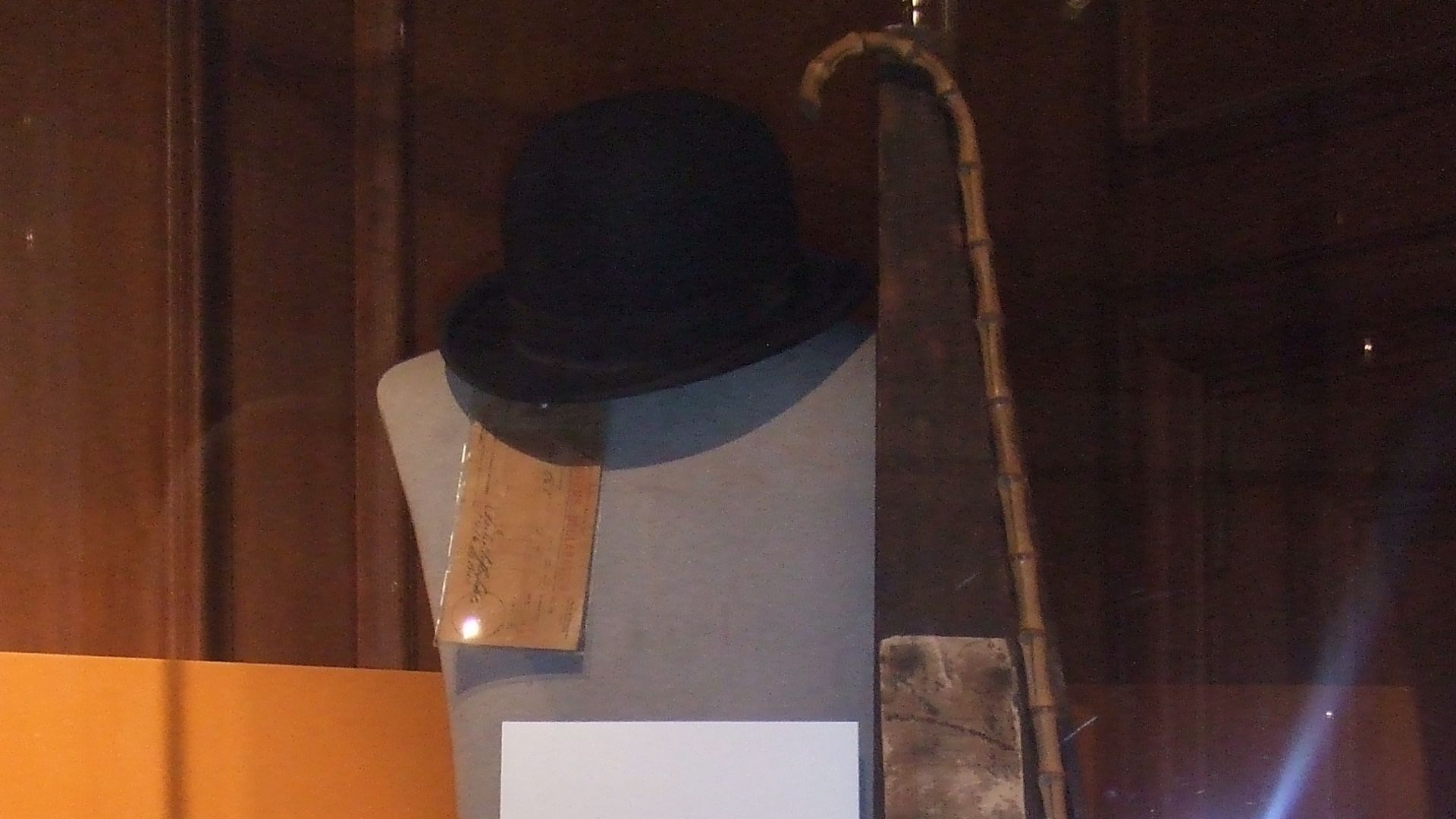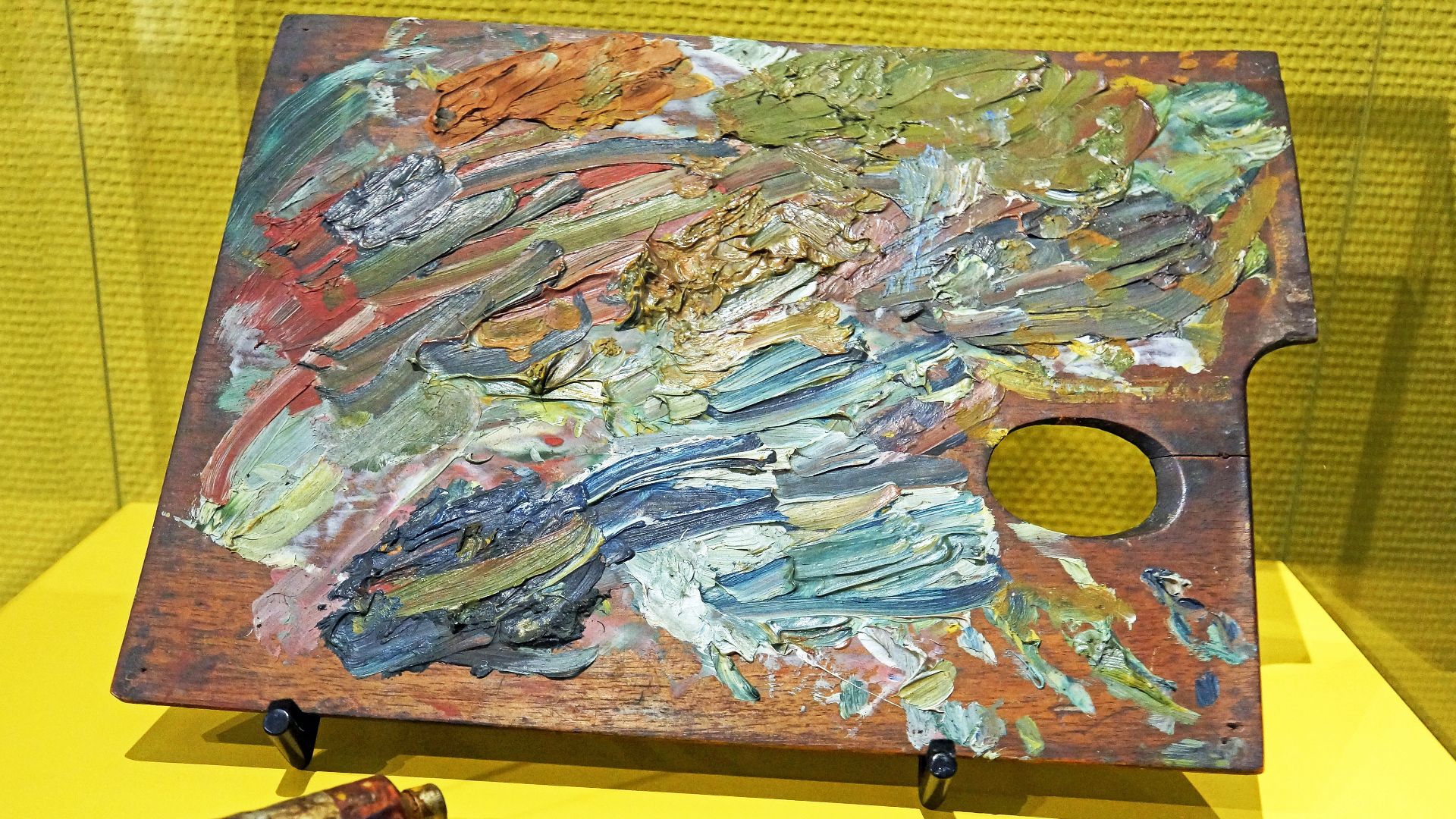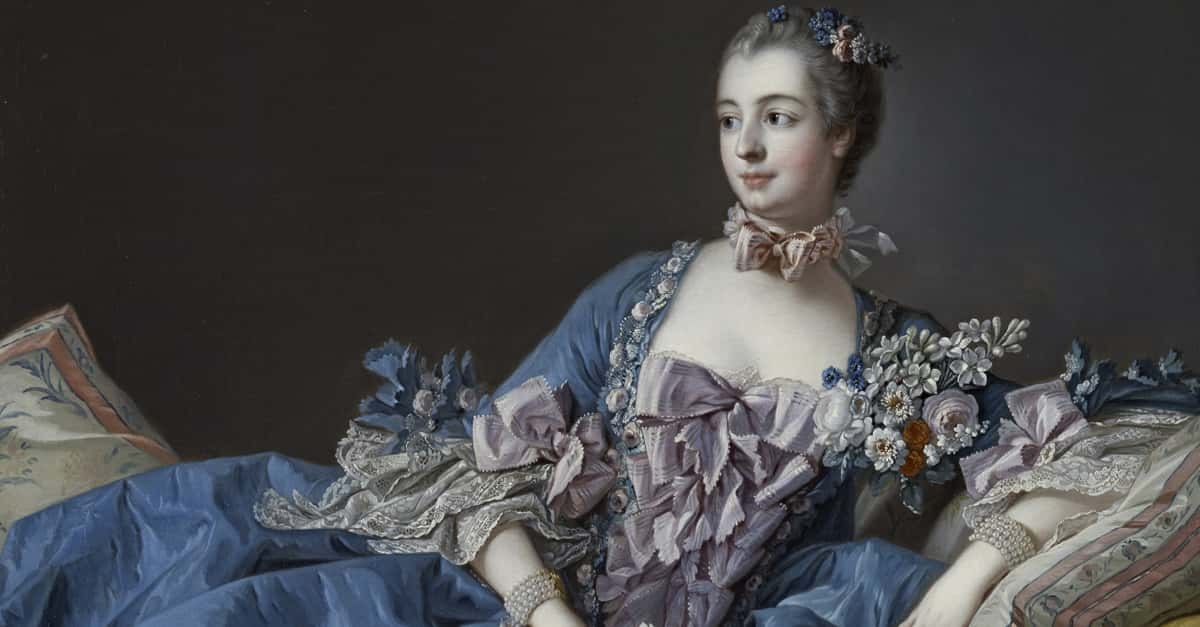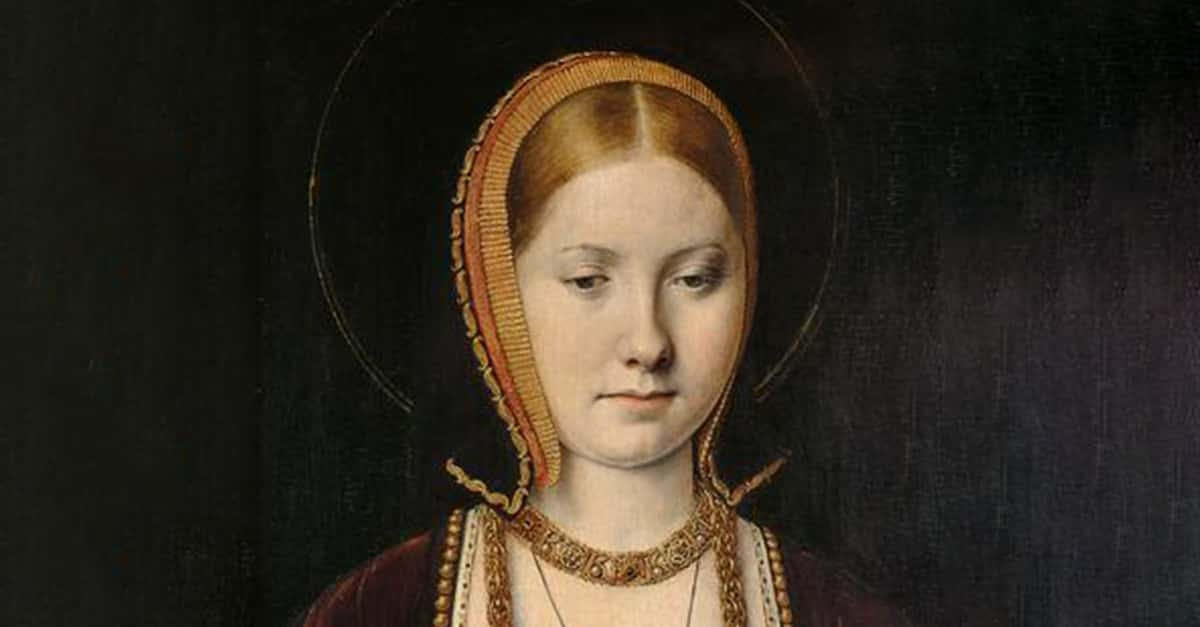History Is Preservation
The only way we know of and learn about history is through preservation. Sometimes, that is in text—others in relics. These 44 are right at the top of that relic pile.
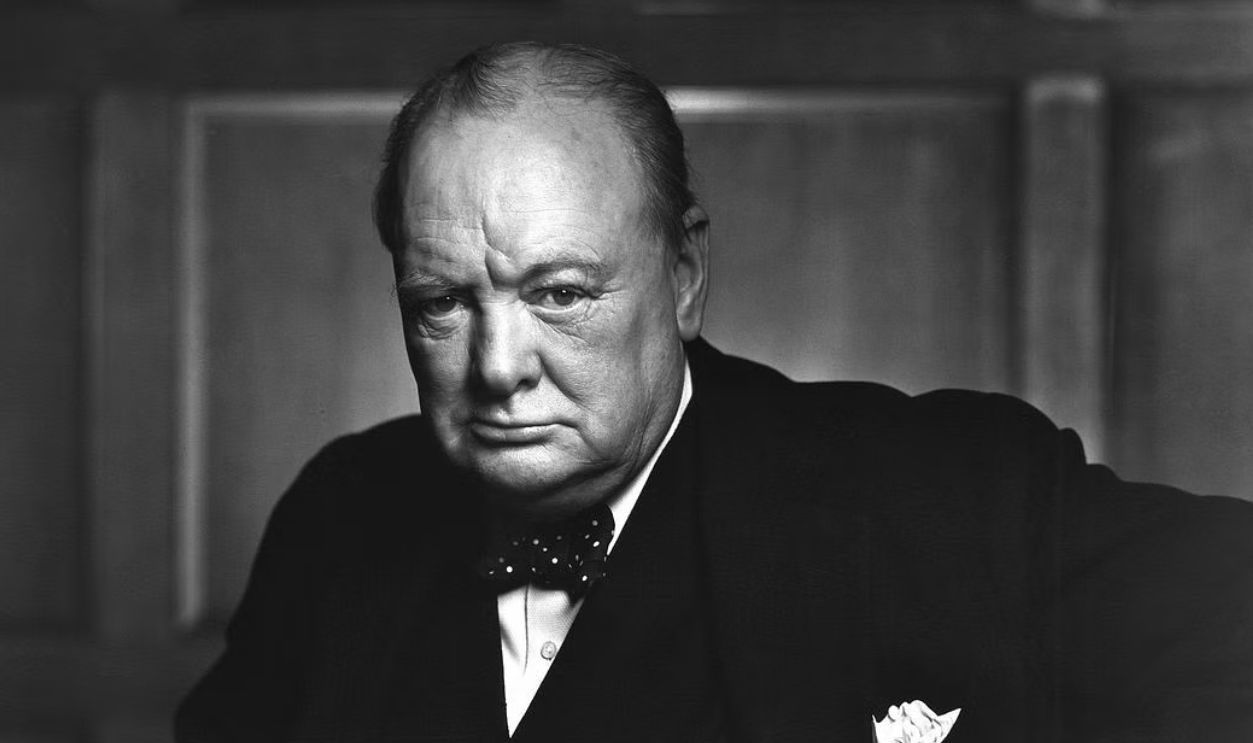
Napoleon Bonaparte’s Hat Preserved In Paris
Just imagine this: Napoleon, clad in his legendary uniform, tipping his iconic bicorn hat before battle. One of the last remaining from his reign is this hat found in the Army Museum in Paris. Unlike the standard officer’s headgear, Napoleon’s hat had a distinctive sideways tilt, which made him instantly recognizable.
 Napoleon Bonaparte's signature hat fetches record $2.1 million at auction in France by Global News
Napoleon Bonaparte's signature hat fetches record $2.1 million at auction in France by Global News
Abraham Lincoln’s Assassination Night Top Hat
On April 14, 1865, Abraham Lincoln wore a tall black stovepipe hat to Ford’s Theatre—a hat that witnessed his demise by John Wilkes Booth. This hat, adorned with a black mourning band for his deceased son, now rests in the Smithsonian Institution in Washington, a reminder of his tragic fate.
Galileo’s Middle Finger Displayed In Florence
Yes, you read that right. Galileo’s actual middle finger sits on display at Museo Galileo in Florence. In a twisted way, it was removed from his remains in 1737, and its digit preservation remains a rebellious symbol of his defiance against the church’s suppression of science.
Marie Antoinette’s Personal Jewelry Collection
Diamonds may be forever, and so is the legacy of Marie Antoinette’s extravagant jewelry. Some of her pieces miraculously survived the French Revolution, hidden away by loyalists. These opulent gems, including a stunning pearl, have resurfaced in auctions, and it fetched $36 million in a 2018 auction.
Albert Einstein’s Preserved Brain Samples
Ever wonder what genius looks like? Well, wonder no more because portions of Albert Einstein’s brain were preserved for scientific study after his departure in 1955. The pathologist who did the autopsy, Dr Thomas Harvey, took Einstein’s brain and later divided it into 240 pieces, distributing them to researchers worldwide.
 Einstein's brain: A trip to the Mutter Museum in Philadelphia by From the Grapevine
Einstein's brain: A trip to the Mutter Museum in Philadelphia by From the Grapevine
Elvis Presley’s Iconic Graceland Mansion
Elvis has left the building, but Graceland remains, valued at $400–$500 million. The 13.8-acre estate in Memphis, Tennessee, still holds the King of Rock 'n' Roll’s personal belongings, from his flashy jumpsuits to his pink Cadillac. Fans flock here to walk in the footsteps of music royalty.
Queen Victoria’s Coronation Throne In Westminster Abbey
When Queen Victoria took over the throne in 1837, she sat on a chair—King Edward’s Chair—that still stands in Westminster Abbey today. This grand seat, used in royal ceremonies for centuries, remains a symbol of British monarchy and tradition. Monarchs have come and gone, but this chair remains steadfast.
 Caring for the Coronation Chair at Westminster Abbey by Westminster Abbey
Caring for the Coronation Chair at Westminster Abbey by Westminster Abbey
Julius Caesar’s Alleged Assassination Dagger
Is this the weapon that ended Julius Caesar’s reign? Maybe. Various artifacts claim to be the dagger that delivered the fatal blows on the Ides of March. One such relic is housed in Italy, though scholars debate its authenticity. If only daggers could tell tales!

History's most fascinating stories and darkest secrets, delivered to your inbox daily.
Florence Nightingale’s Lamp At The Florence Nightingale Museum
She revolutionized modern nursing, and her famous lamp became an enduring care symbol. The lamp Florence Nightingale used during the Crimean War is preserved at the Florence Nightingale Museum in London—medical professionals and history lovers are particularly intrigued when they see it.
 The Real History Of Florence Nightingale | The Lady With The Lamp by History Hit
The Real History Of Florence Nightingale | The Lady With The Lamp by History Hit
Beethoven’s Hearing Aids At The Beethoven House Museum
Despite his near-total deafness, Ludwig van Beethoven continued composing, relying on specially designed hearing aids. These ear trumpets, displayed at the Beethoven House Museum in Bonn, Germany, reveal his relentless determination to create music even as his world fell silent. They are made of metal and designed to amplify sound.
 Beethoven House, EMYA2022 Nominee by European Museum Forum
Beethoven House, EMYA2022 Nominee by European Museum Forum
Isaac Newton’s Apple Tree At Woolsthorpe Manor
The very tree that inspired Sir Isaac Newton to formulate the law of gravity still stands at Woolsthorpe Manor in England. Though nearly four centuries old, the apple tree continues to bloom, its branches symbolizing one of science’s greatest revelations. Sitting here might just make you feel smarter.
Shakespeare’s Birthplace Preserved In Stratford-Upon-Avon
The humble home where William Shakespeare was born in 1564 still stands in Stratford-upon-Avon, England. Now a museum, the timber-framed house offers visitors a step back in time to the playwright’s formative years. It is preserved with period-accurate furnishings, and the site welcomes millions eager to see a legend’s beginning.
 Stuart Yeates [1] on Wikimedia
Stuart Yeates [1] on Wikimedia
Cleopatra’s Needle Obelisk In London
This one right here is an ancient artifact with no direct connection to Cleopatra VII. Yet, this Egyptian obelisk was nonetheless nicknamed Cleopatra’s Needle when it was gifted to Britain in 1819. It dates back over 3,500 years to the reign of Pharaoh Thutmose III.
Mozart’s Childhood Violin At The Mozarteum Foundation
Long before Wolfgang Amadeus Mozart became a musical prodigy, he learned to play a childhood violin, which is now preserved at the Mozarteum Foundation in Salzburg, Austria. This instrument dates back to the 18th century, and it’s said that at just three, he could mimic melodies on this violin.
 WGBH Music: Mozart on Mozart's Own Instruments by GBH Music
WGBH Music: Mozart on Mozart's Own Instruments by GBH Music
Frida Kahlo’s Casa Azul In Mexico City
The Casa Azul, or Blue House, was more than just a home for Frida Kahlo—it was the heart of her creativity. This house is now a museum in Mexico City, with the vibrant blue walls still housing her paintings, personal belongings, and even her ashes.
Mahatma Gandhi’s Round Glasses In Sevagram Ashram
You can never picture Mahatma Gandhi without his iconic round-rimmed glasses, can you? These spectacles are preserved at Sevagram Ashram in India, where he lived and led the freedom movement. This pair remains a cherished artifact of the man who changed history without raising a weapon.
Winston Churchill’s Half-Smoked Cigars
Few things are as closely associated with Winston Churchill as his cigars. A connoisseur of Cuban smokes, he rarely appeared without one. Some of his half-smoked cigars have been preserved in private collections and museums. One such cigar, reportedly extinguished by Churchill himself in 1947, fetched thousands at auction. Wild.
Jane Austen’s Writing Desk At The Jane Austen’s House Museum
Jane Austen crafted some of the most beloved novels in English literature at a small, unassuming wooden desk in Chawton, England. History tells that this is where she wrote Pride and Prejudice and Sense and Sensibility. Visitors can find it displayed at the Jane Austen’s House Museum.
 Jane Austen's Writing Table by Jane Austen's House
Jane Austen's Writing Table by Jane Austen's House
Mark Twain’s Typewriter At The Mark Twain House
While known for his sharp wit, Mark Twain was also ahead of his time in technology. He was among the first authors to use a typewriter, and his Remington No. 2 remains at his Hartford home, now a museum. Though he found typing cumbersome, Twain’s embrace of the machine paved the way for modern authors.
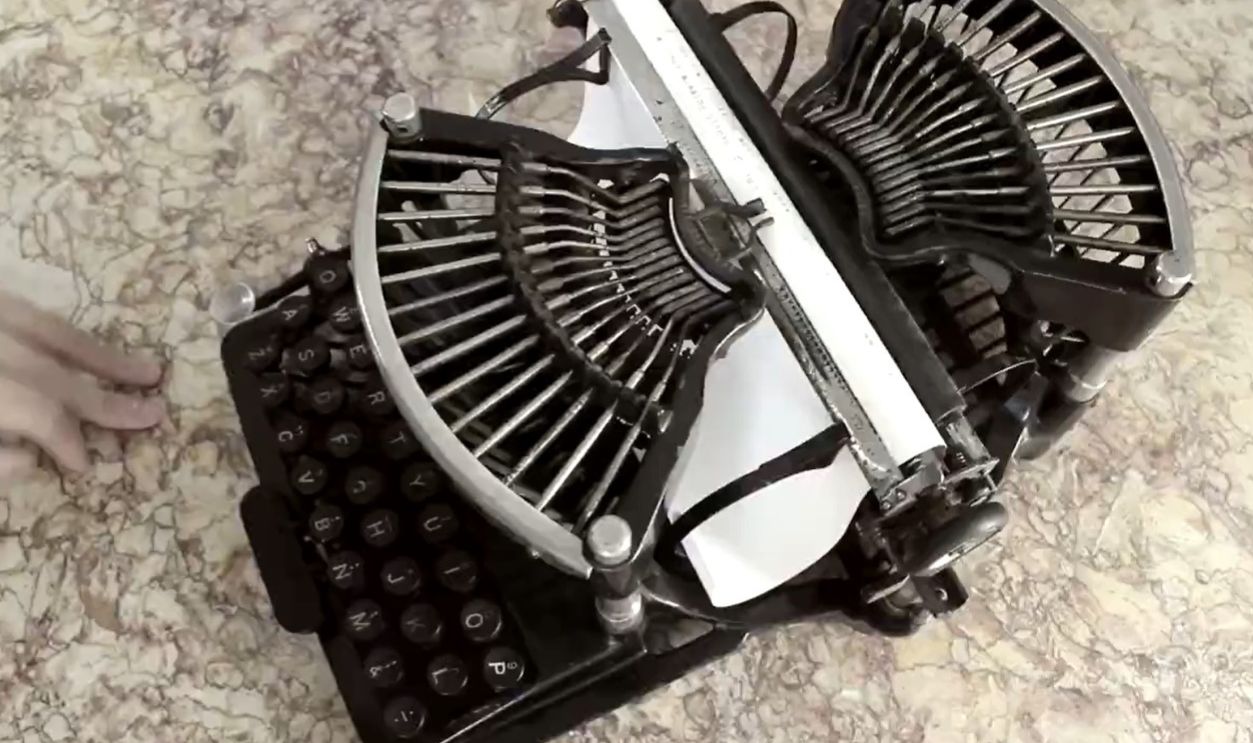 The Amazing 1895 Williams Model 1 Typewriter by Typewriter Chicago
The Amazing 1895 Williams Model 1 Typewriter by Typewriter Chicago
Harry S Truman’s Signature Hats And Canes
President Harry S Truman had a signature style—his fedoras and walking canes. These were as much a part of his persona as his blunt, no-nonsense leadership. These personal items, now preserved by the Truman Library Institute, reflect the elegance of mid-20th-century political fashion.
Elisabet Ney’s Sculpting Tools At Her Austin Studio
The eminent sculptor Elisabet Ney shaped history—quite literally—through her lifelike statues of prominent figures. Her original sculpting tools remain even today housed at the Elisabet Ney Museum, Texas. These well-worn chisels and hammers carved iconic works, including busts of Sam Houston and Stephen F Austin.
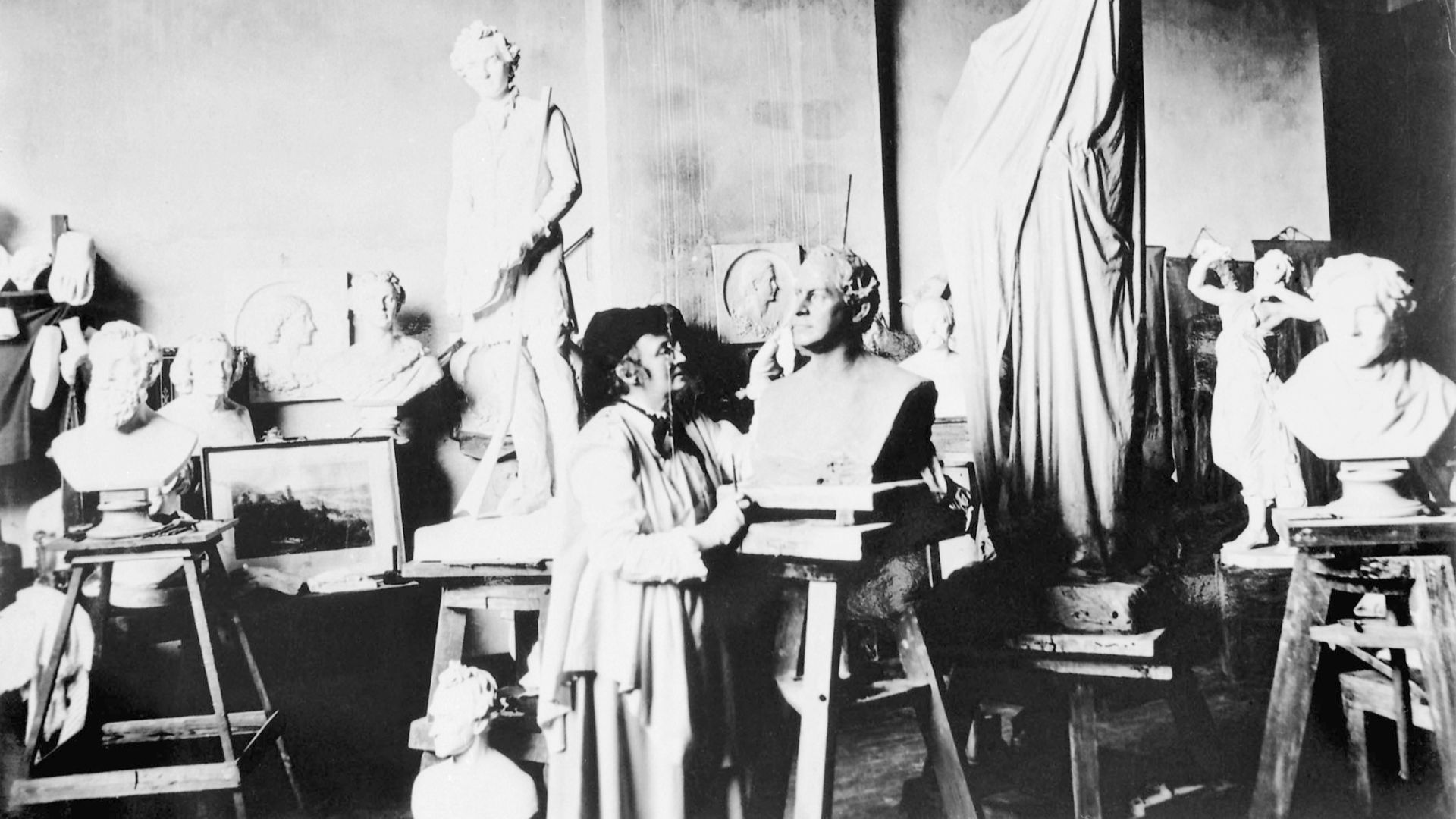 Unknown authorUnknown author on Wikimedia
Unknown authorUnknown author on Wikimedia
Duke Of Wellington’s False Teeth At Apsley House
The legendary Duke of Wellington, best known for defeating Napoleon at Waterloo, relied on more than military strategy. The guy also needed false teeth. These meticulously crafted dentures, displayed at Apsley House in London, reveal his life’s unusual yet intimate aspect. The question is: Why save them?
Napoleon’s Birthplace Preserved In Ajaccio
Before becoming Emperor of France, Bonaparte was born in a modest house in Ajaccio, Corsica. This historic home, which is now a museum, preserves the origins of one of history’s most influential leaders. Visitors can explore rooms filled with Bonaparte family heirlooms and artifacts that highlight his early years.
Mary Queen Of Scots’s Letter To Elizabeth I
Few historical correspondences are as dramatic as those between these two queens: Elizabeth I and Mary of Scots. A preserved letter written by Mary to Elizabeth offers a firsthand glimpse into their tense, politically charged relationship. Penned during Mary’s captivity, the letter pleads for clemency while subtly asserting her right.
 Letter from Mary Queen of Scots by Victoria Whittam
Letter from Mary Queen of Scots by Victoria Whittam
Marie Antoinette’s Decorative Fan
A decorative fan is another of Antoinette’s relics that is proof of elegance and excess. This delicate accessory is part of a private collection, but you cannot mistake it for anything else. It’s still adorned with intricate embroidery and gold detailing, a true mark of 18th-century French opulence.
 Marie Antoinette (2006) - I Want Candy Scene | Movieclips by Movieclips
Marie Antoinette (2006) - I Want Candy Scene | Movieclips by Movieclips
Claude I Sene’s Ornate Dog Kennel
During the reign of Louis XVI, even pets lived in luxury. An extravagant dog kennel crafted by Claude I Sene, a master furniture maker, is today seen as a mark of dog royalty. This miniature palace features gilded wood and silk upholstery that is fit for a king pup.
 Antoine-François Callet on Wikimedia
Antoine-François Callet on Wikimedia
Marilyn Monroe’s White Dress
The billowing white dress from The Seven Year Itch is one of Hollywood’s most famous costumes. Worn by Marilyn Monroe in the 1955 film, the dress became an unforgettable symbol of glamour, beloved in the industry, and sold at auction for over $4.6 million in Beverly Hills.
Mark Twain’s Writing Desk At His Hartford Home
Mark Twain crafted some of America’s most significant literary works at a well-worn wooden desk that today rests in Hartford, Connecticut. Preserved at the Mark Twain House, this desk is where he possibly wrote Adventures of Huckleberry Finn.
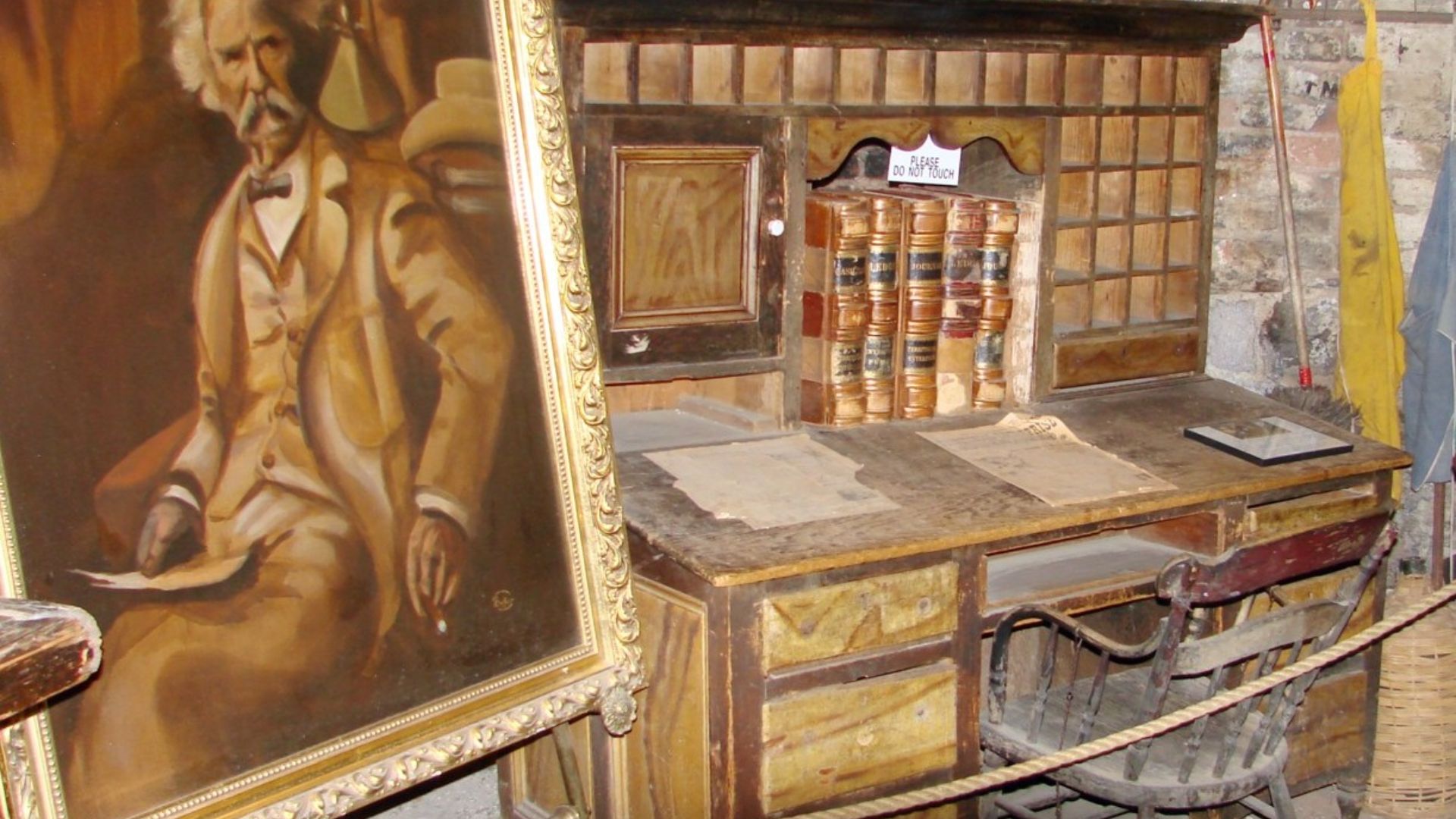 inkknife_2000 (7.5 million views +) on Wikimedia
inkknife_2000 (7.5 million views +) on Wikimedia
Thomas Jefferson’s Monticello Estate
The grand yet deeply personal Monticello, home of Thomas Jefferson, is a masterwork of architecture and innovation transcending time. This Virginia estate is preserved as a national landmark. It was designed by Jefferson himself, from its hidden dumbwaiters to its extensive gardens, every inch.
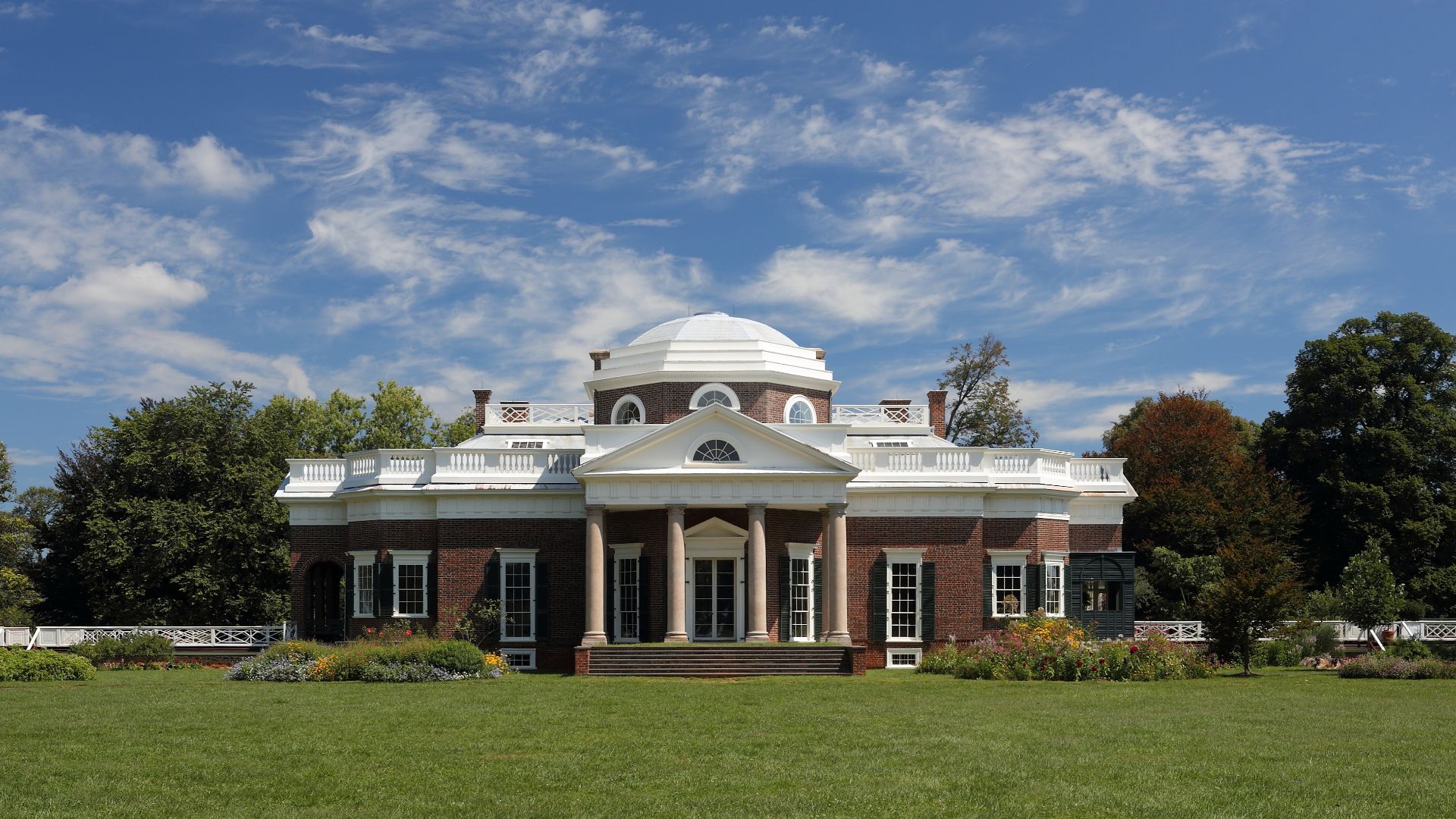 Martin Falbisoner on Wikimedia
Martin Falbisoner on Wikimedia
George Washington’s Mount Vernon Residence
Mount Vernon was the heart of George Washington’s life before and after his presidency. Overlooking the Potomac River, this grand estate includes his mansion, gardens, and working farms. The estate preserves Washington’s legacy through meticulously restored rooms, including his bedroom, where he spent his final moments.
Emily Dickinson’s Homestead In Amherst
Emily Dickinson’s reclusive yet brilliant life unfolded within the walls of her Amherst, Massachusetts, home. This Federal-style mansion houses her preserved writing desk, where she penned nearly 1,800 poems, often by candlelight. It is said that the bedroom window overlooking the garden inspired much of her nature-themed poetry.
Edgar Allan Poe’s Writing Desk In Philadelphia
In a modest brick house in Philadelphia, Edgar Allan Poe crafted some of his most haunting works, including The Black Cat. His writing desk, still displayed at the Edgar Allan Poe National Historic Site, was the birthplace of eerie tales that defined the horror genre.
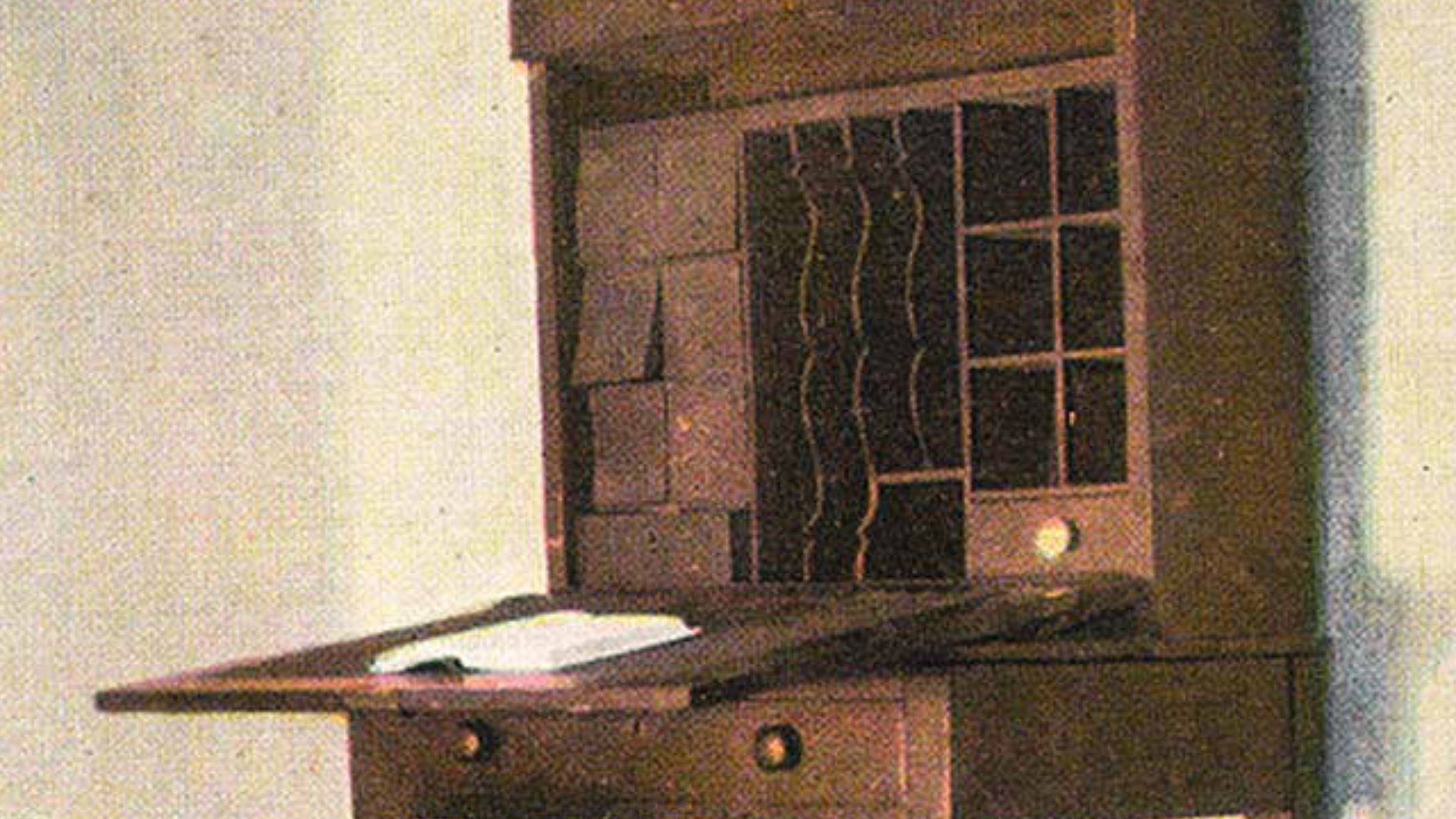 VCU Libraries Commons on Wikimedia
VCU Libraries Commons on Wikimedia
Charles Dickens’s London Home
This legend’s London home is now the Charles Dickens Museum. It is where Dickens wrote Oliver Twist and Nicholas Nickleby. This Georgian townhouse retains his personal effects—a mahogany writing desk, quill pens, and annotated manuscripts. His study was preserved as it was in the 19th century. Fascinating, right?
Ludwig Van Beethoven’s Vienna Apartment
Would you like to see where Beethoven lived? You can because it awaits your arrival in Vienna. Today, it is a museum that offers a rare look into the mind of a musical revolutionary. This Vienna apartment is where he spent a significant part of his career living in. It houses the first sketches of "Eroica" and " Tempest Sonata" in Heiligenstadt.
Wolfgang Amadeus Mozart’s Birthplace In Salzburg
Mozart’s birthplace in Salzburg is a pilgrimage site for music lovers. This historic yellow townhouse preserves his childhood instruments—his violin, early compositions, and the piano. There are also family portraits and letters that provide insight into his life, including his father’s rigorous training methods.
Johann Sebastian Bach’s Organ In Leipzig
St Thomas Church in Leipzig houses the organ associated with Johann Sebastian Bach, who served as its music director for 27 years. His compositions filled this sacred space, where he conducted and composed some of his greatest works, including Mass in B Minor.
Franz Schubert’s Glasses At His Vienna Residence
Another icon that had statement eyewear is Franz Schubert with his oval glasses. These are currently displayed at his Vienna residence, and wearing them would literally be seeing through the same lens he composed over 600 creations—songs, symphonies, and operas while battling illness and financial struggles.
Princess Diana’s Iconic Wardrobe Preserved In Virtual Museum
The rebellious and self-spoken Princess Diana’s timeless fashion continues to inspire, with her wardrobe digitally preserved in a virtual museum. The collection features iconic gowns, including the famous “Revenge Dress” and the blue velvet dress she wore while dancing with John Travolta.
 Princess Diana Museum - Tour by The Princess Diana Museum
Princess Diana Museum - Tour by The Princess Diana Museum
Charlie Chaplin’s Bowler Hat And Cane
The unmistakable bowler hat and bamboo cane that defined Charlie Chaplin’s “Tramp” character still exist today. These iconic accessories, which helped Chaplin create one of the most recognizable personas in film history, are preserved in museums and private collections. In 2012, one set sold for $100K.
Alexander Hamilton’s Writing Quill
The pen that truly shaped America is Alexander Hamilton’s quill. Why, you ask? This quill was used in drafting the Federalist Papers and is a prized relic. It lives on, preserved among many of Hamilton's treasures at the New York Historical Society.
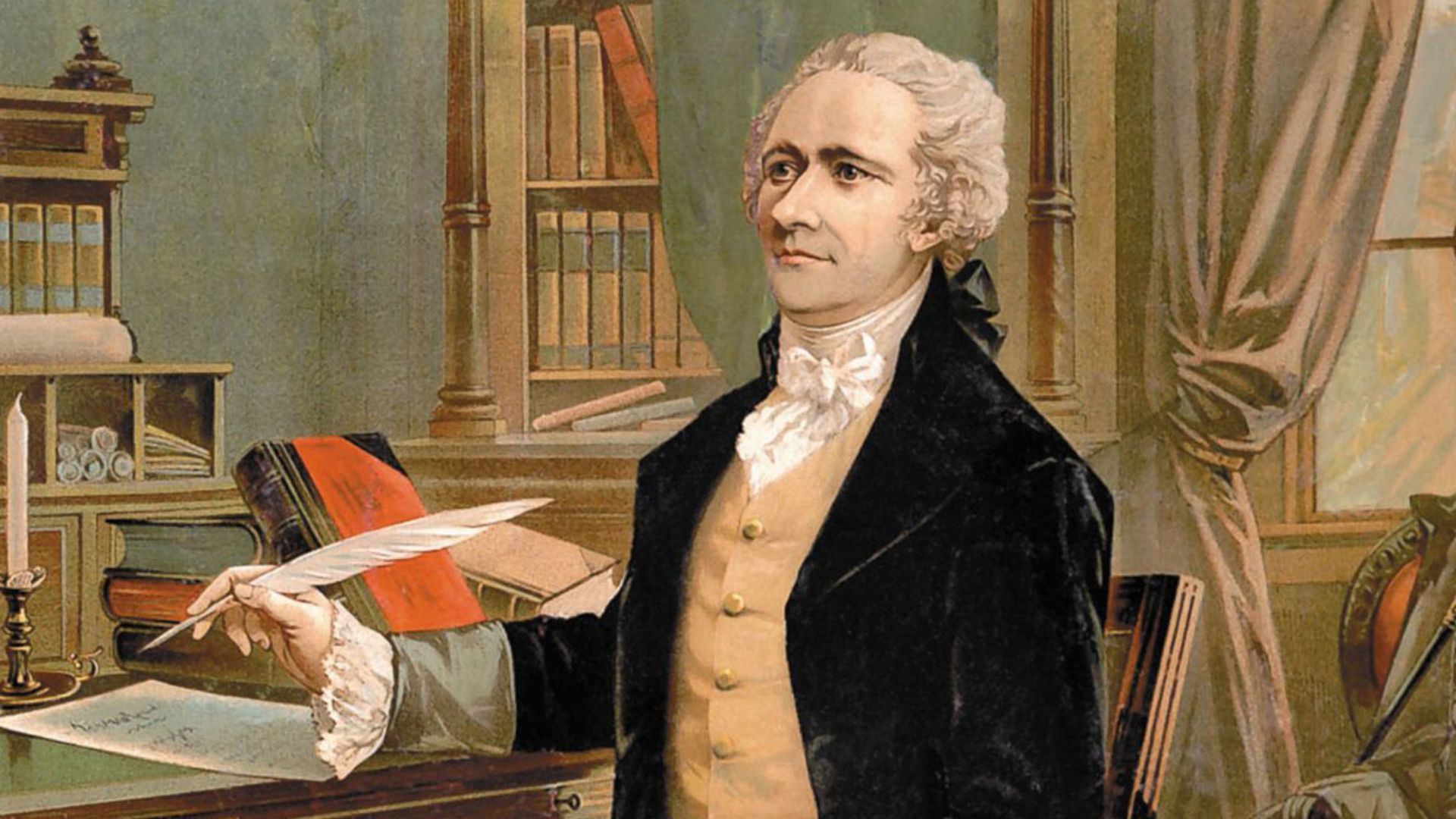 Hamilton Buggy Company on Wikimedia
Hamilton Buggy Company on Wikimedia
Anne Boleyn’s Execution Prayer Book
Execution is a mentally excruciating event; ask Anne Boleyn. Before her execution in 1536, Boleyn clutched a small book of prayers, where she had inscribed a final message from the doomed queen. This book is kept at Hever Castle in England, offering a chilling glimpse into Tudor history.
 NEW RESEARCH ON ANNE BOLEYN PRAYER BOOK by Hever Castle & Gardens
NEW RESEARCH ON ANNE BOLEYN PRAYER BOOK by Hever Castle & Gardens
Vincent Van Gogh’s Paint Palette
The vibrant genius of Vincent van Gogh lives on, not just in his paintings but in the paint-stained wooden palette he used. This piece gives artists and historians a subject to discuss when they spot it at the Van Gogh Museum in Amsterdam.
The Wright Brothers’s First Flight Goggles
When Orville and Wilbur Wright took to the skies in 1903, their pioneering spirit was protected by simple yet historic goggles. Now exhibited at the Smithsonian National Air and Space Museum, these goggles were worn during humanity’s first powered flight.
 Daniels John T, Kill Devil Hills Life Saving Station on Wikimedia
Daniels John T, Kill Devil Hills Life Saving Station on Wikimedia




